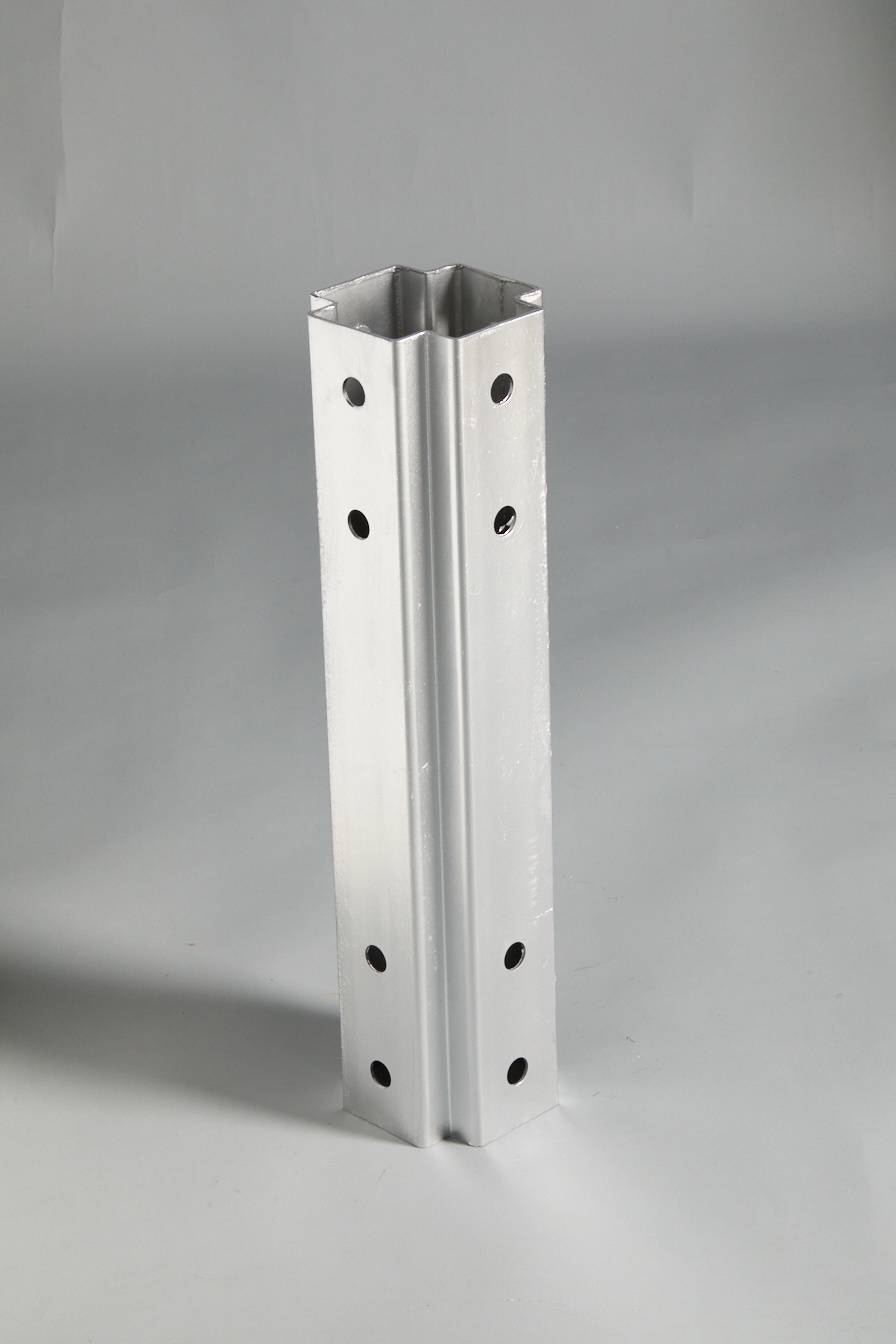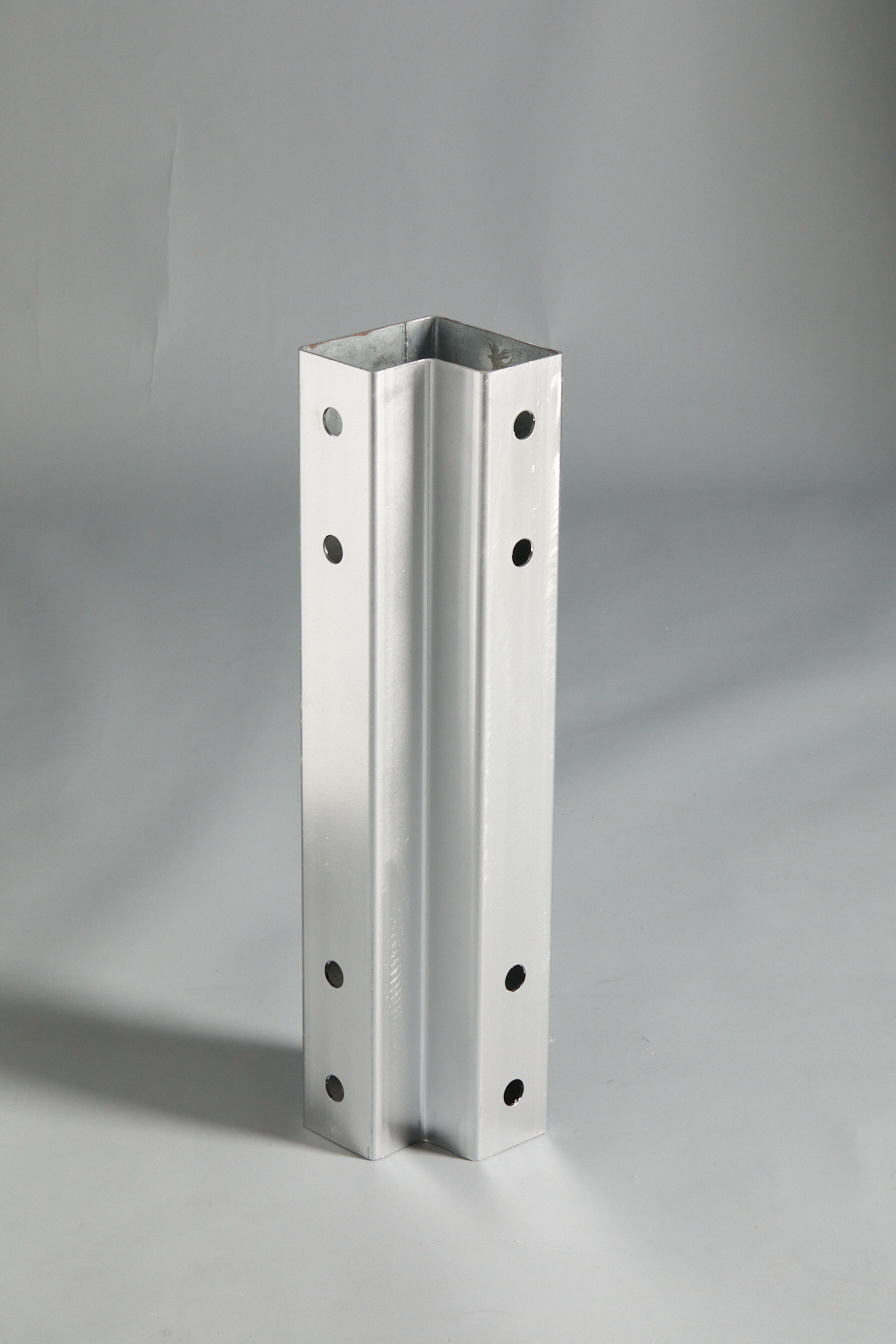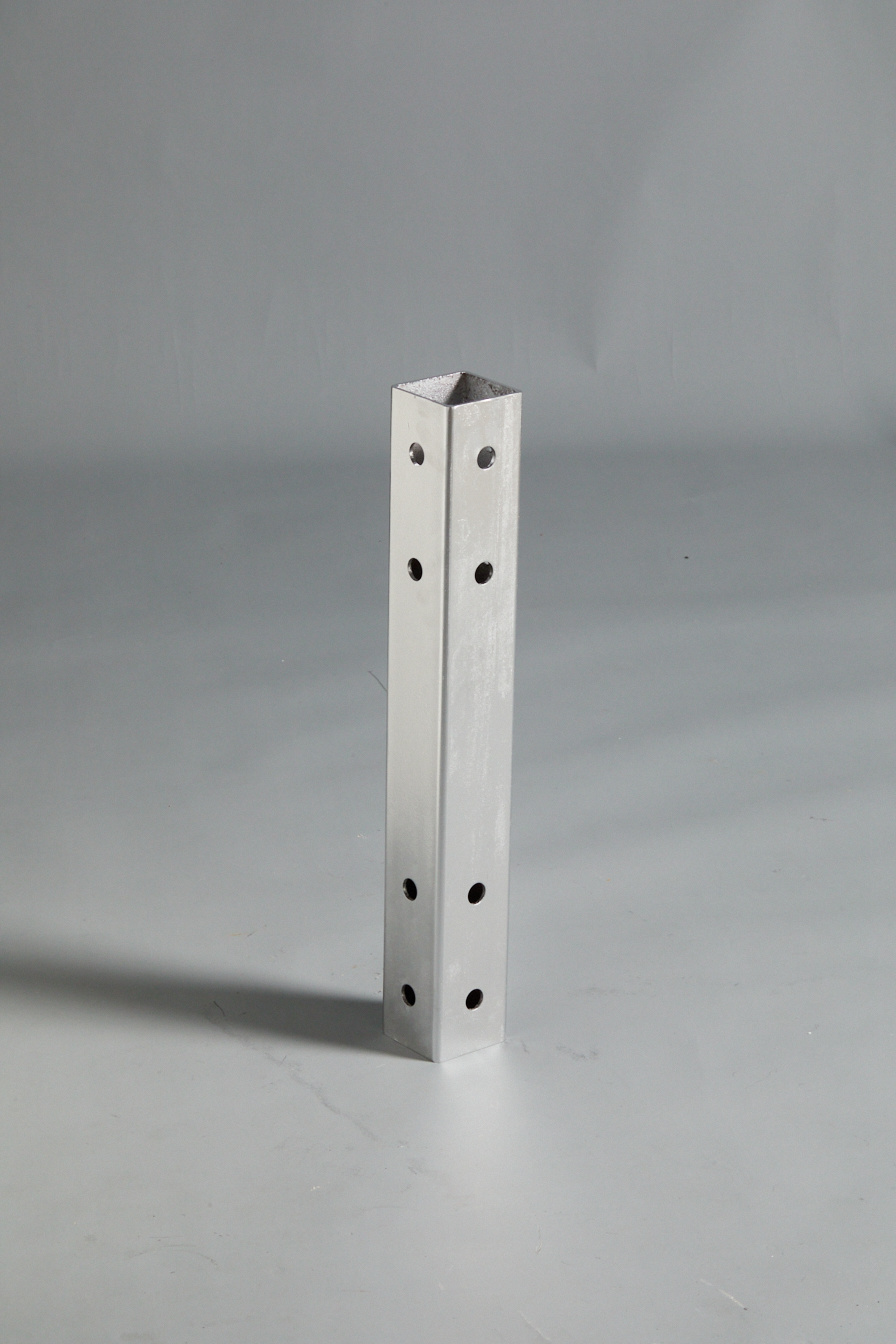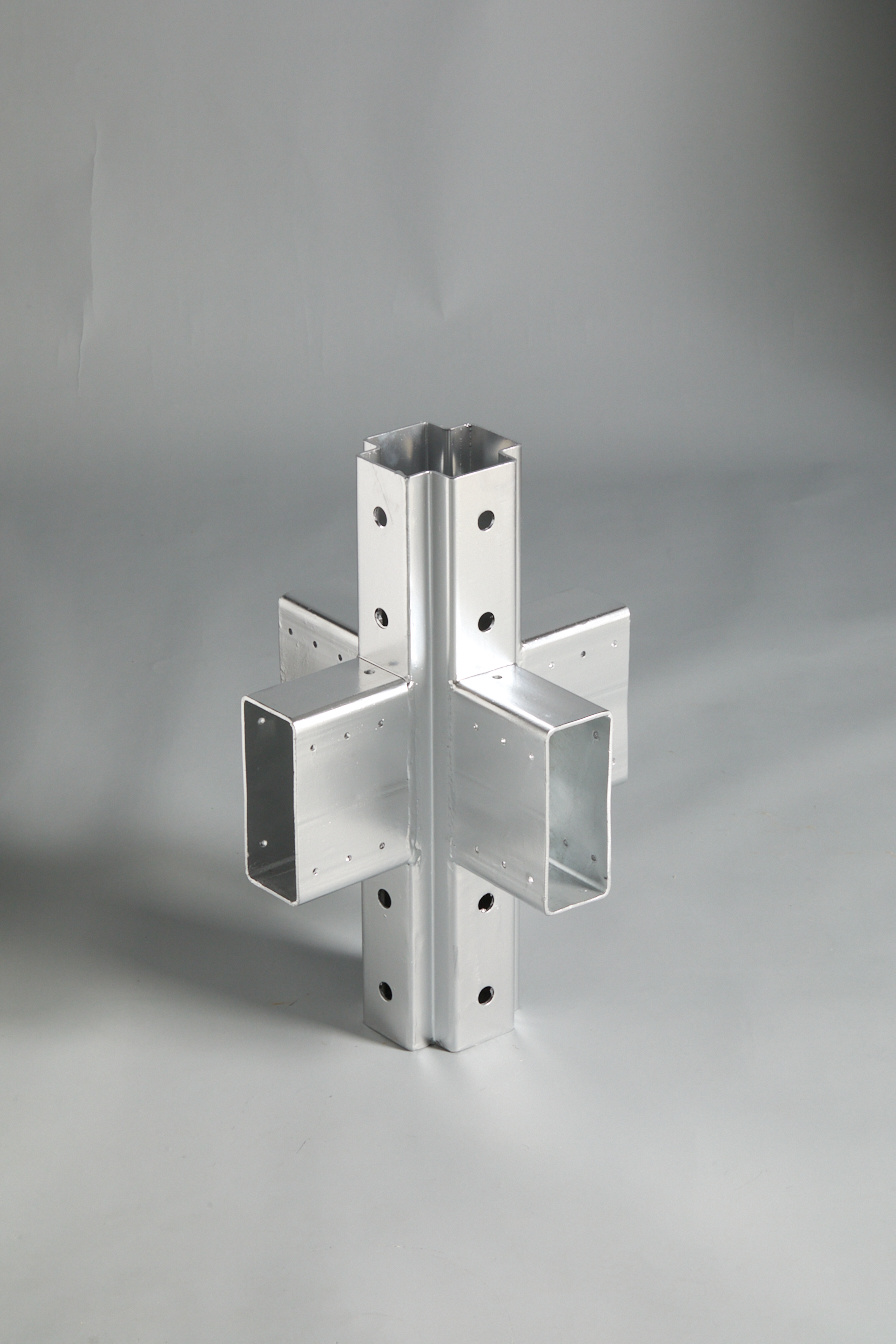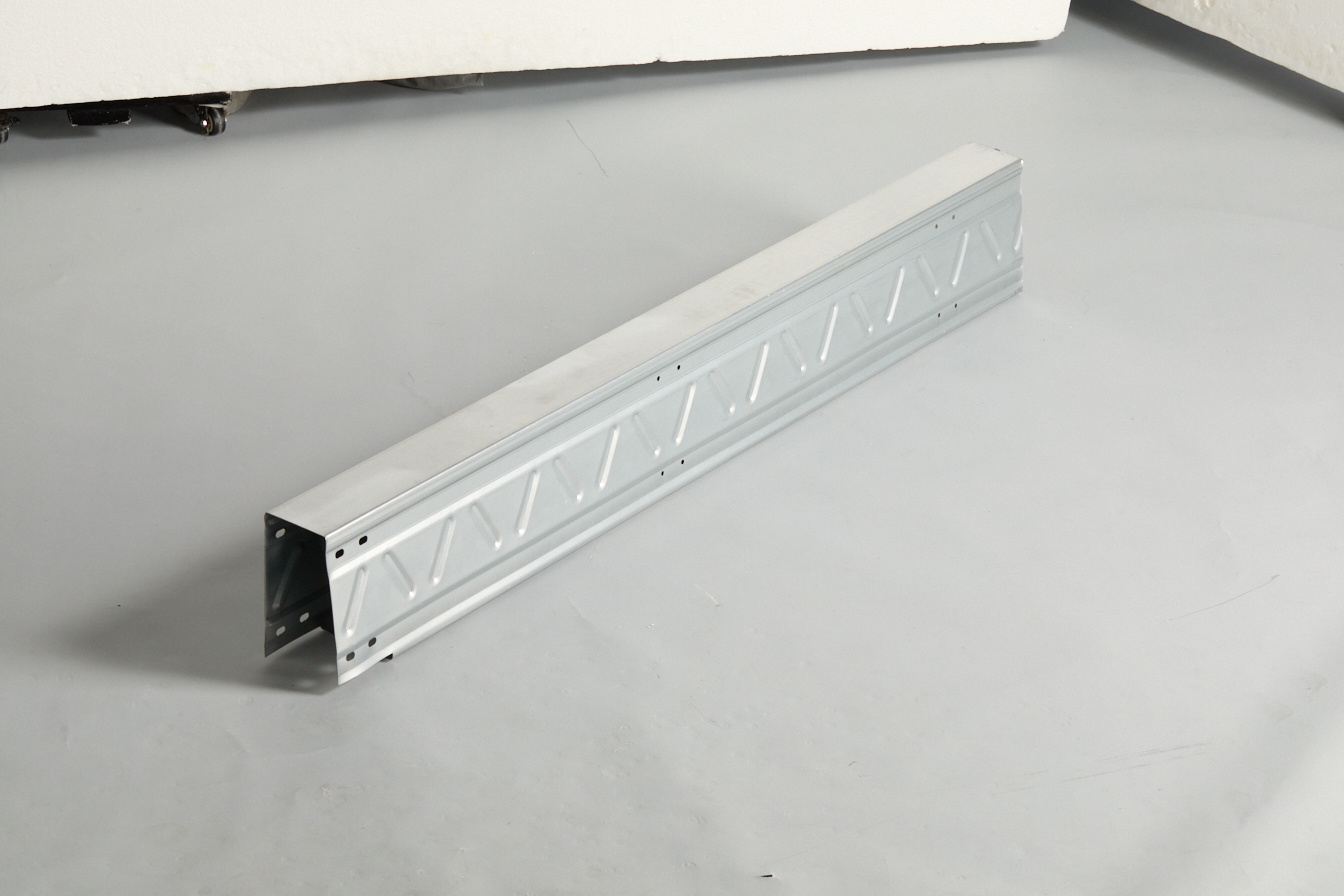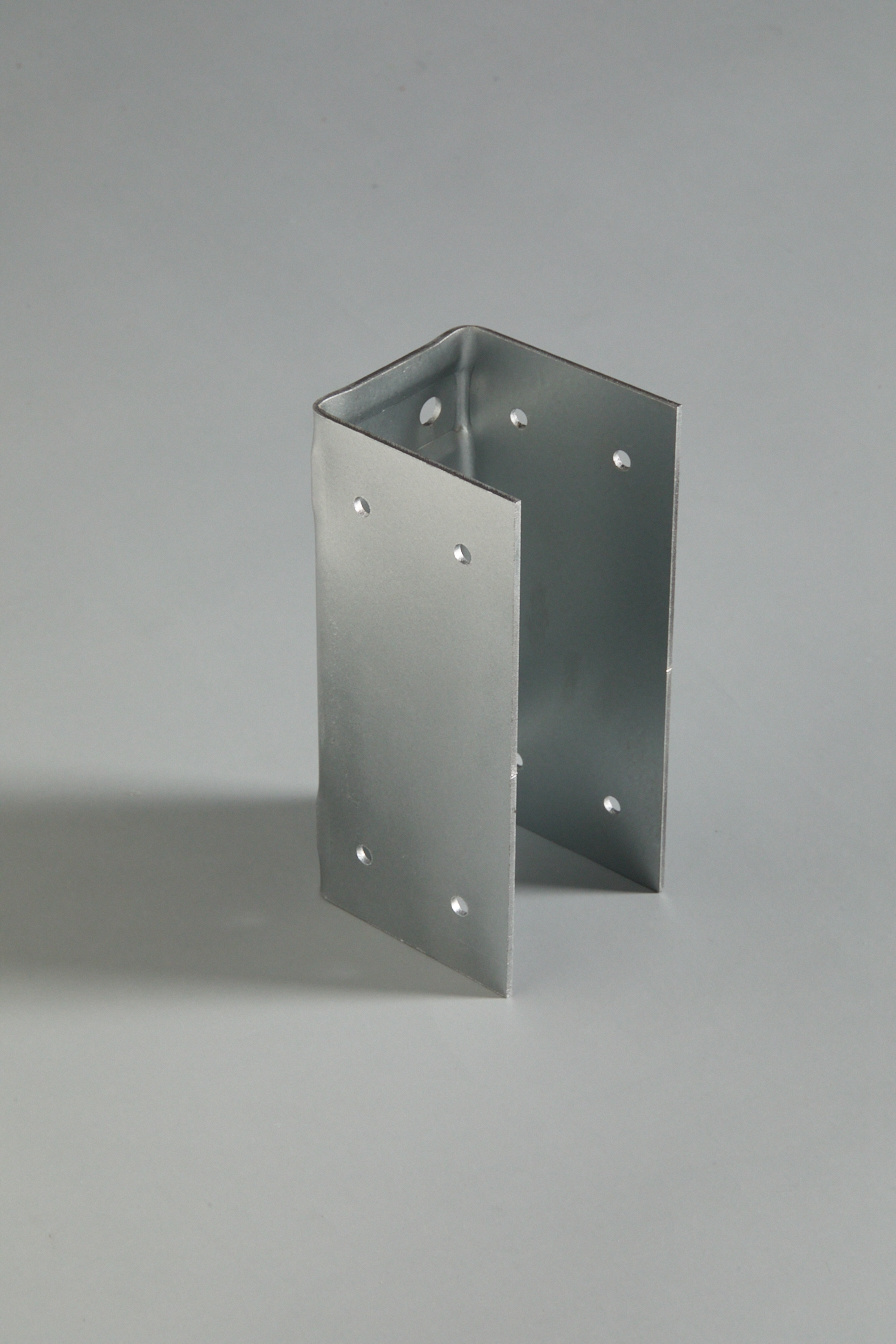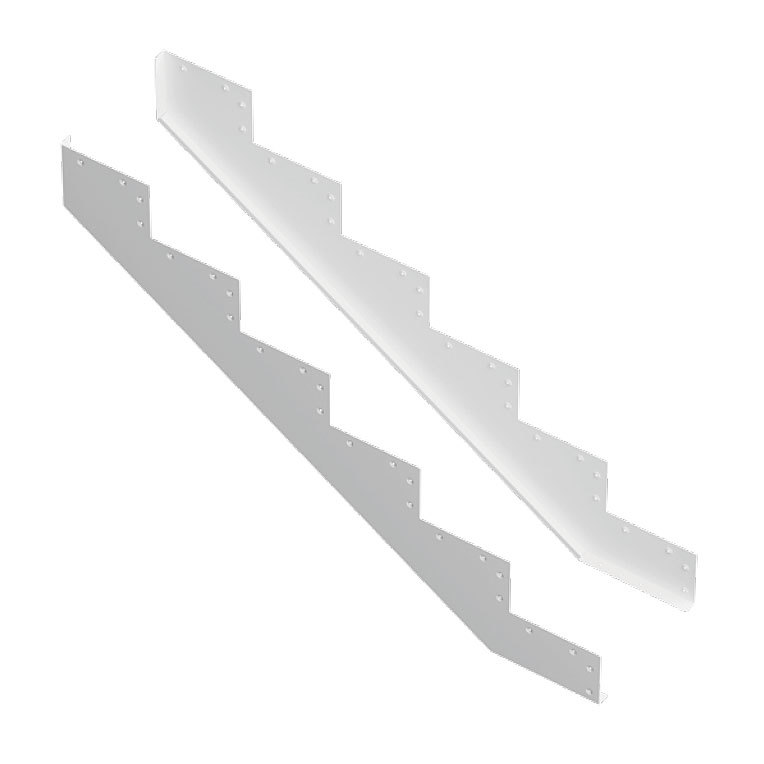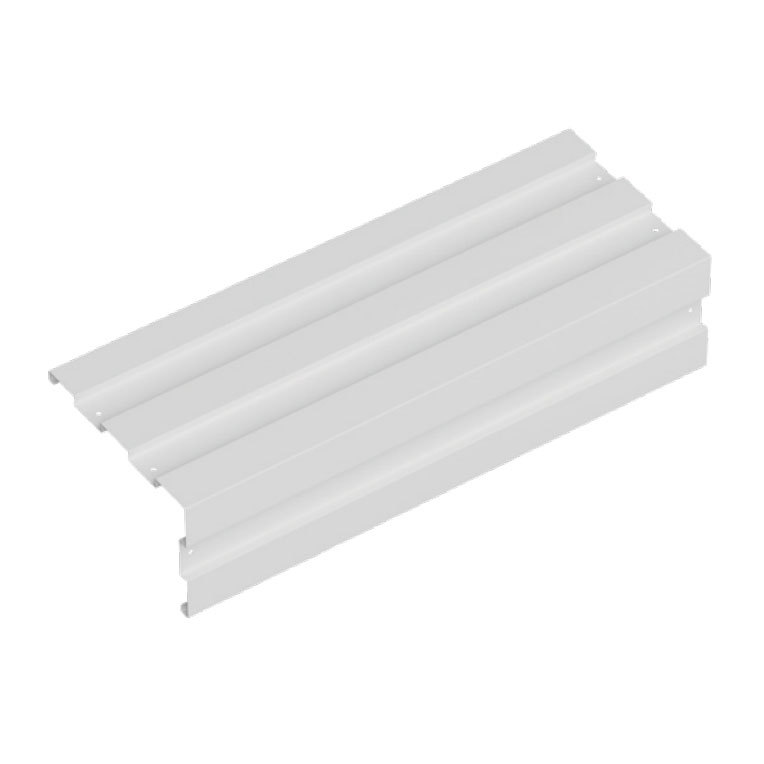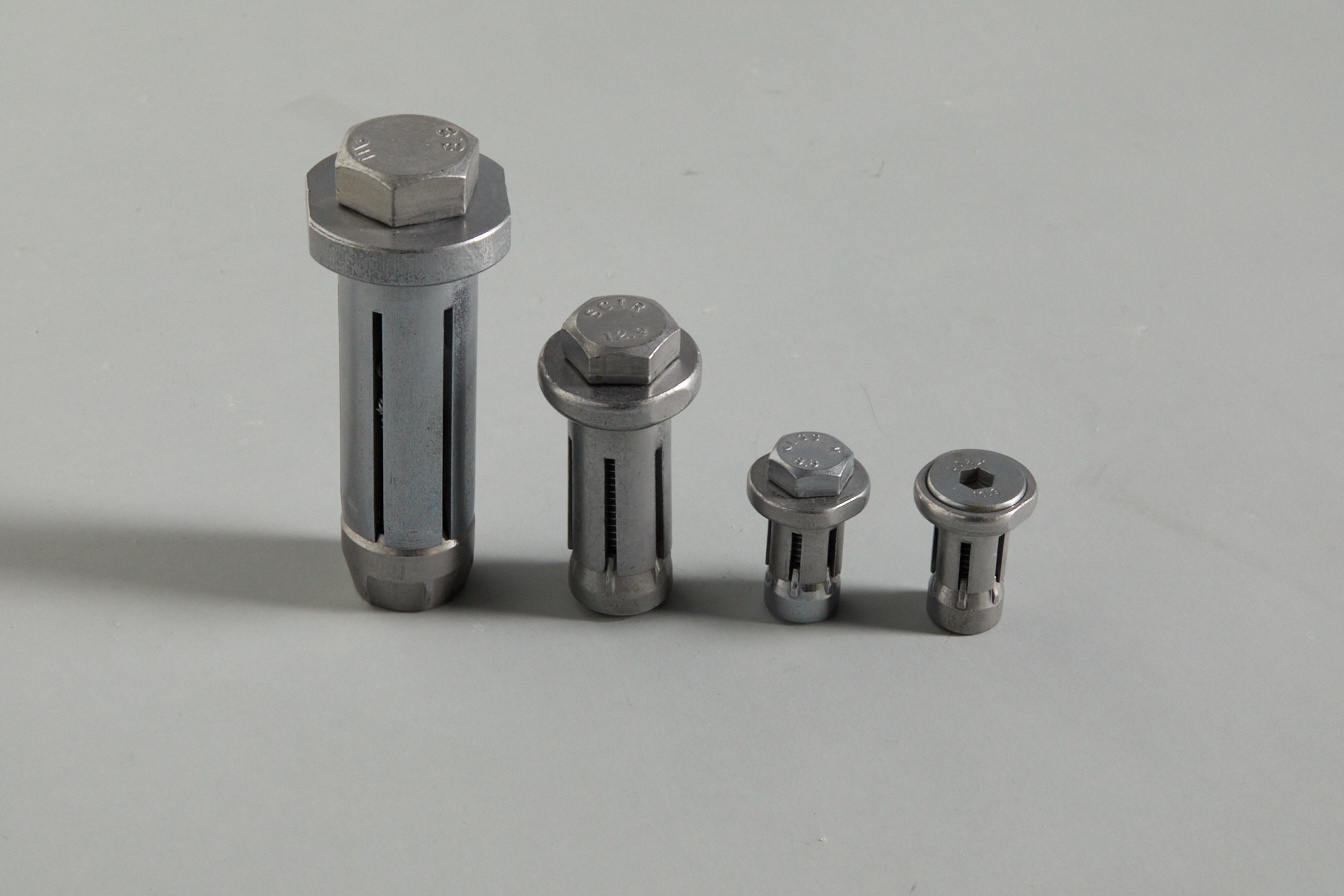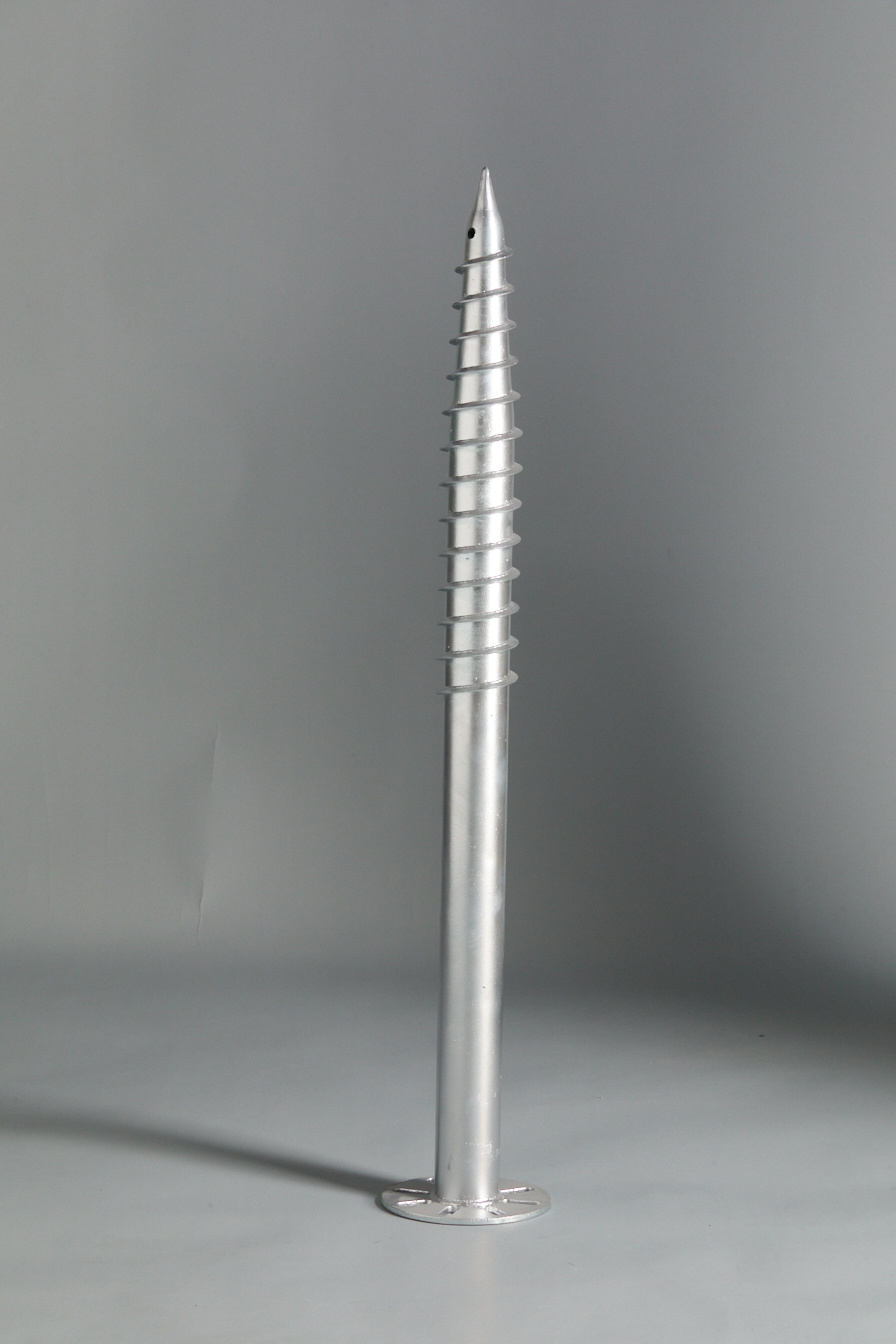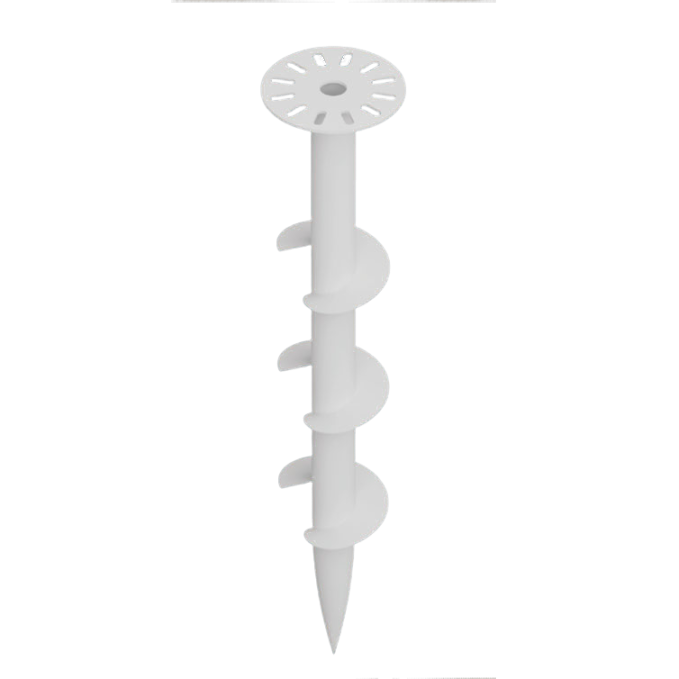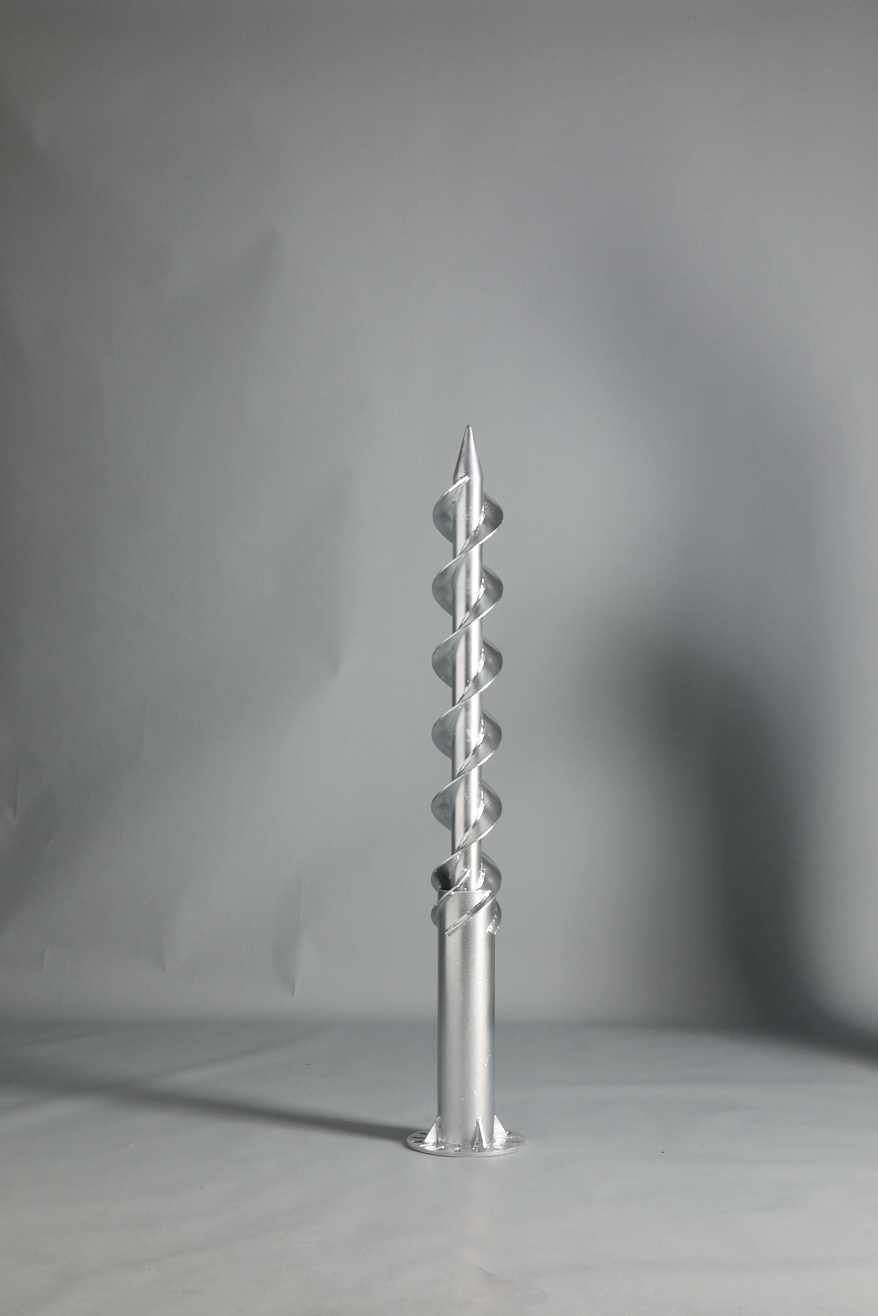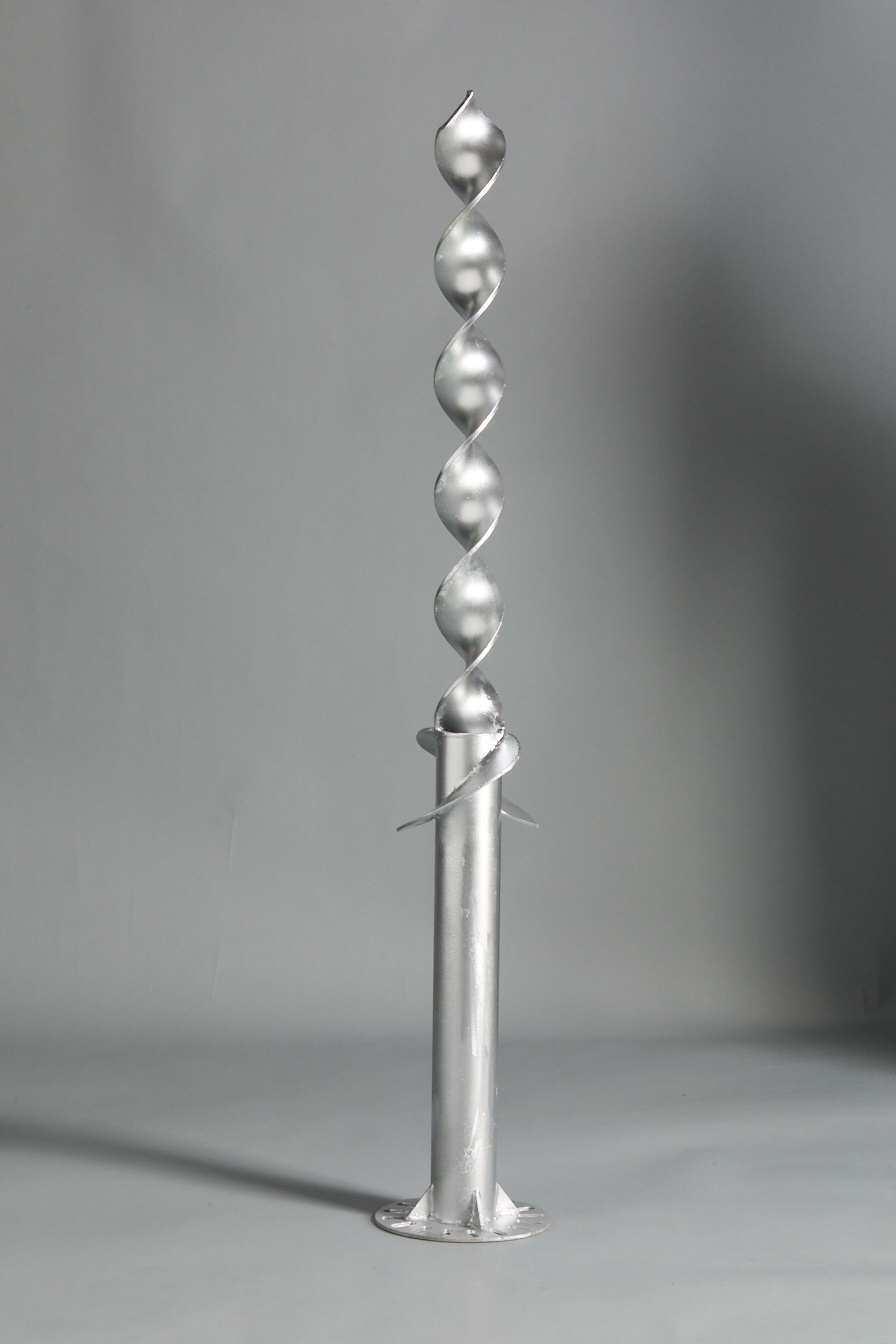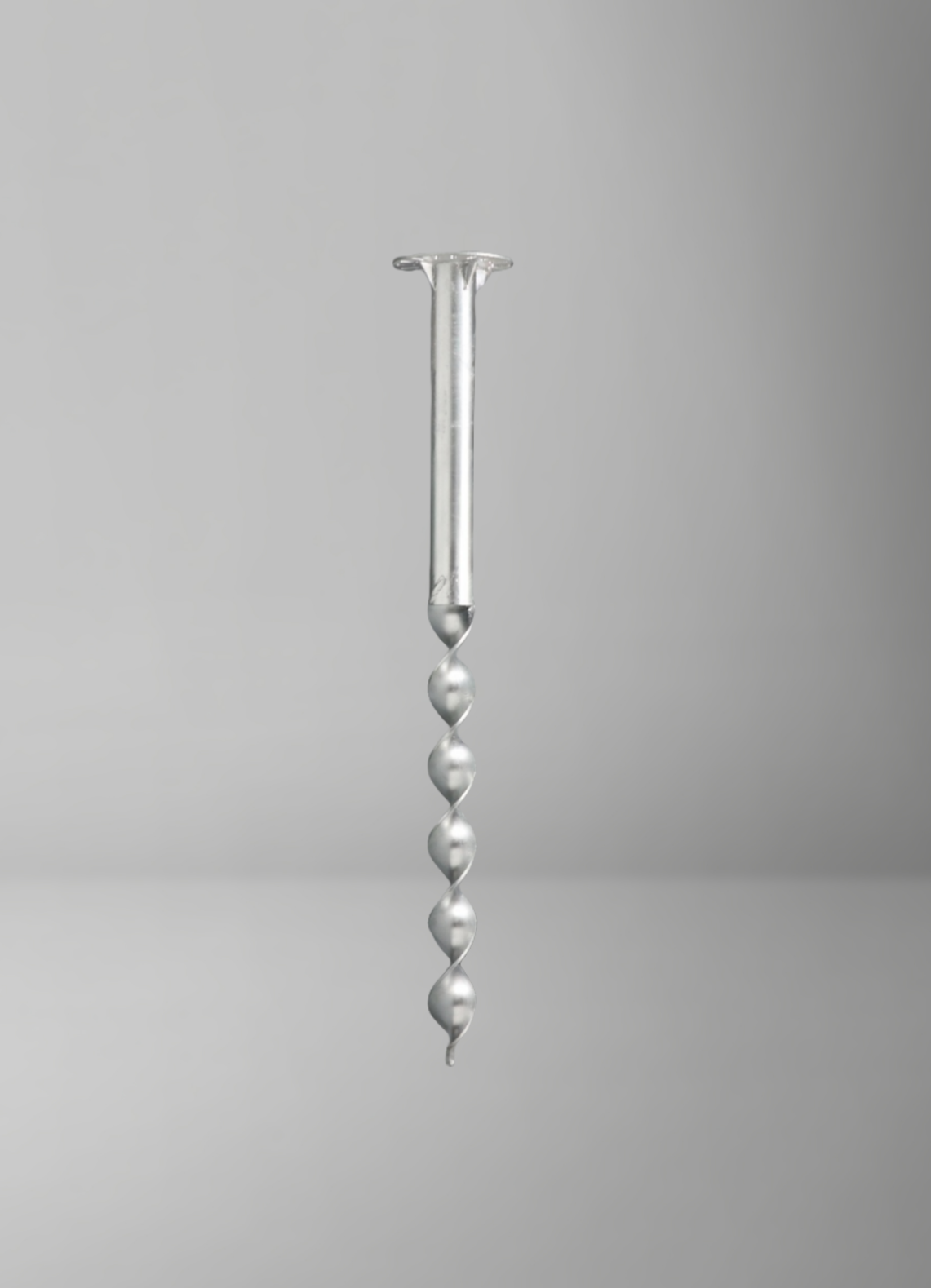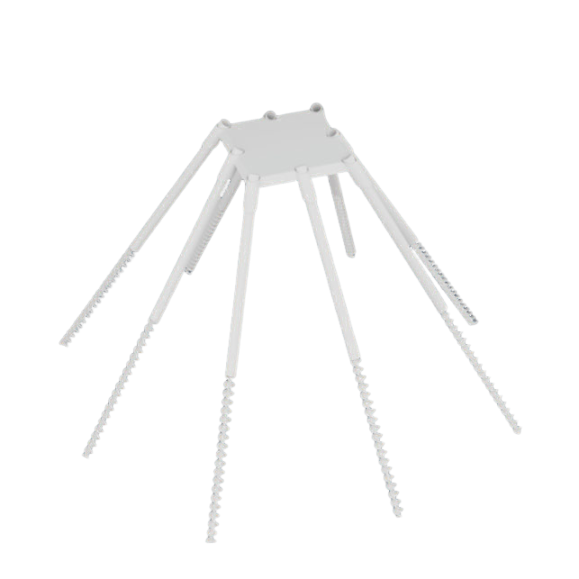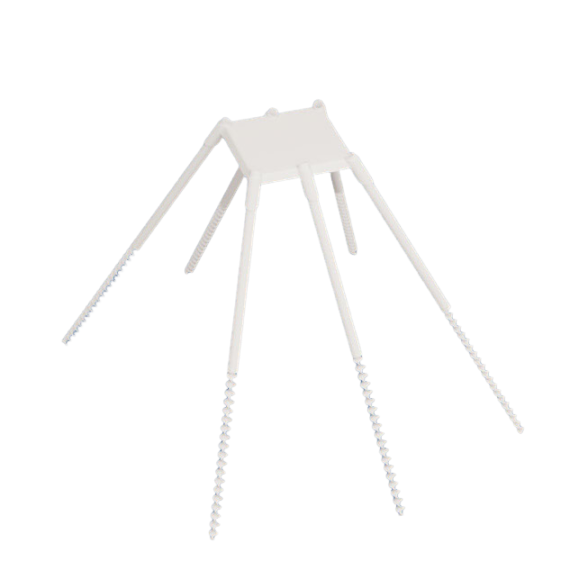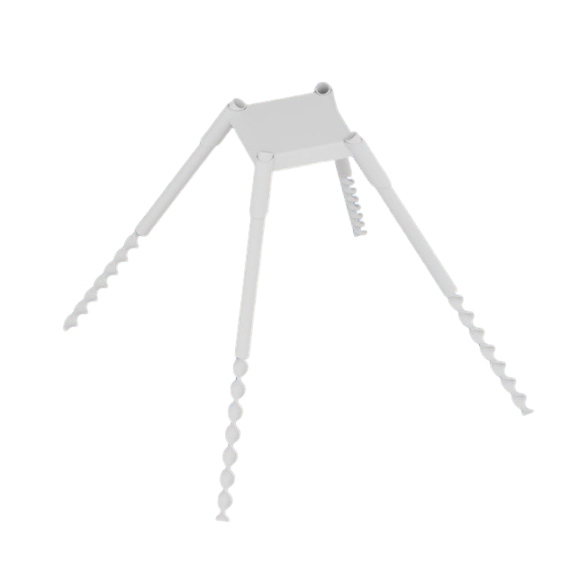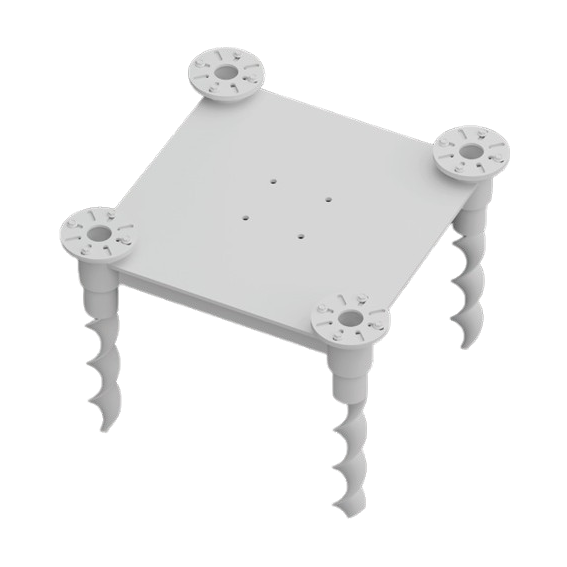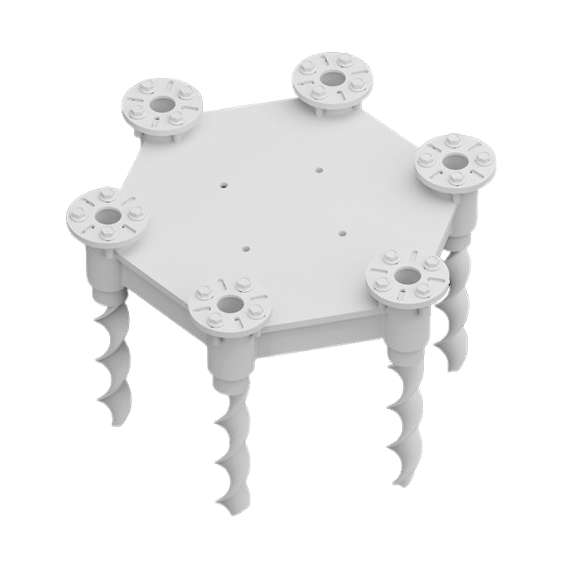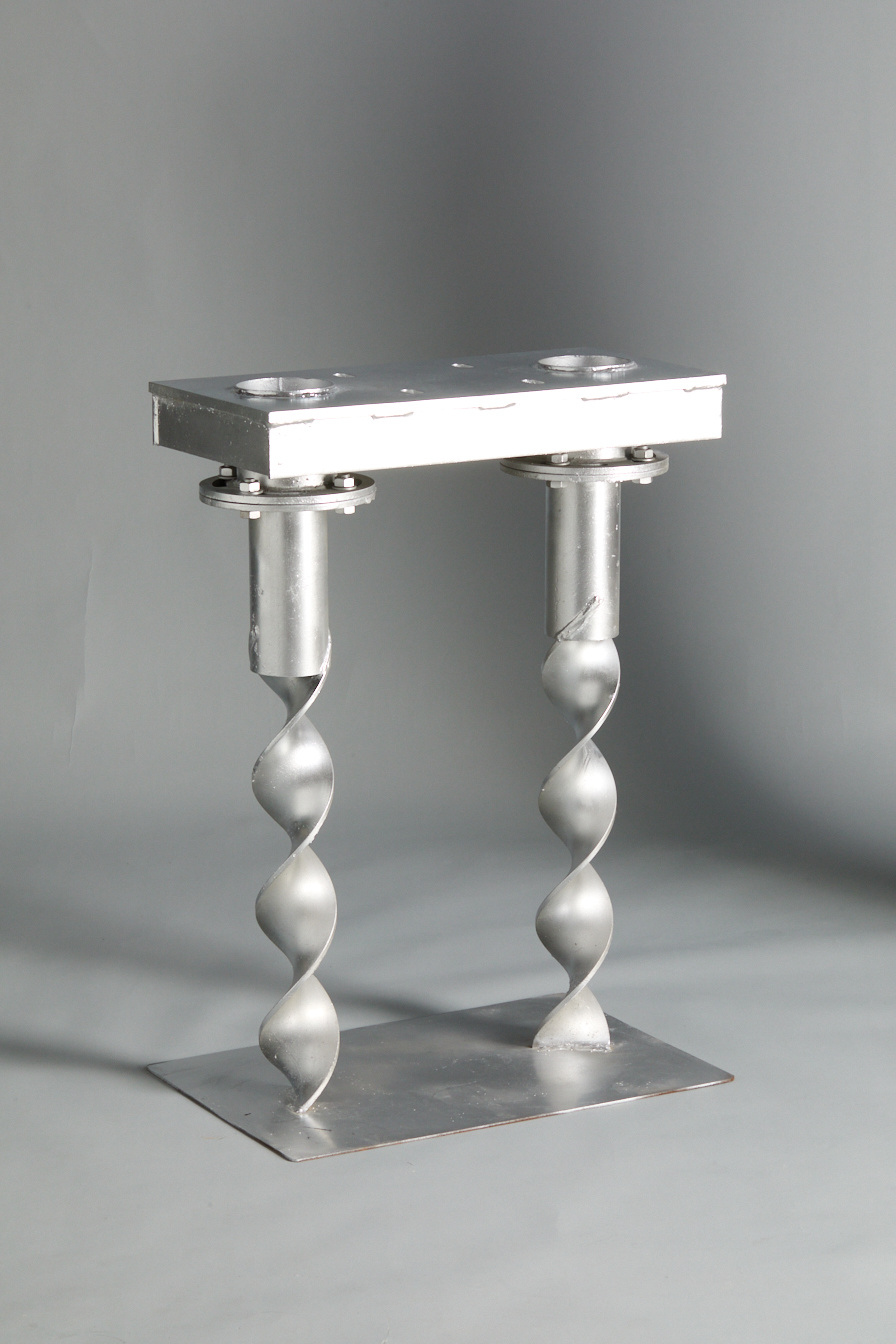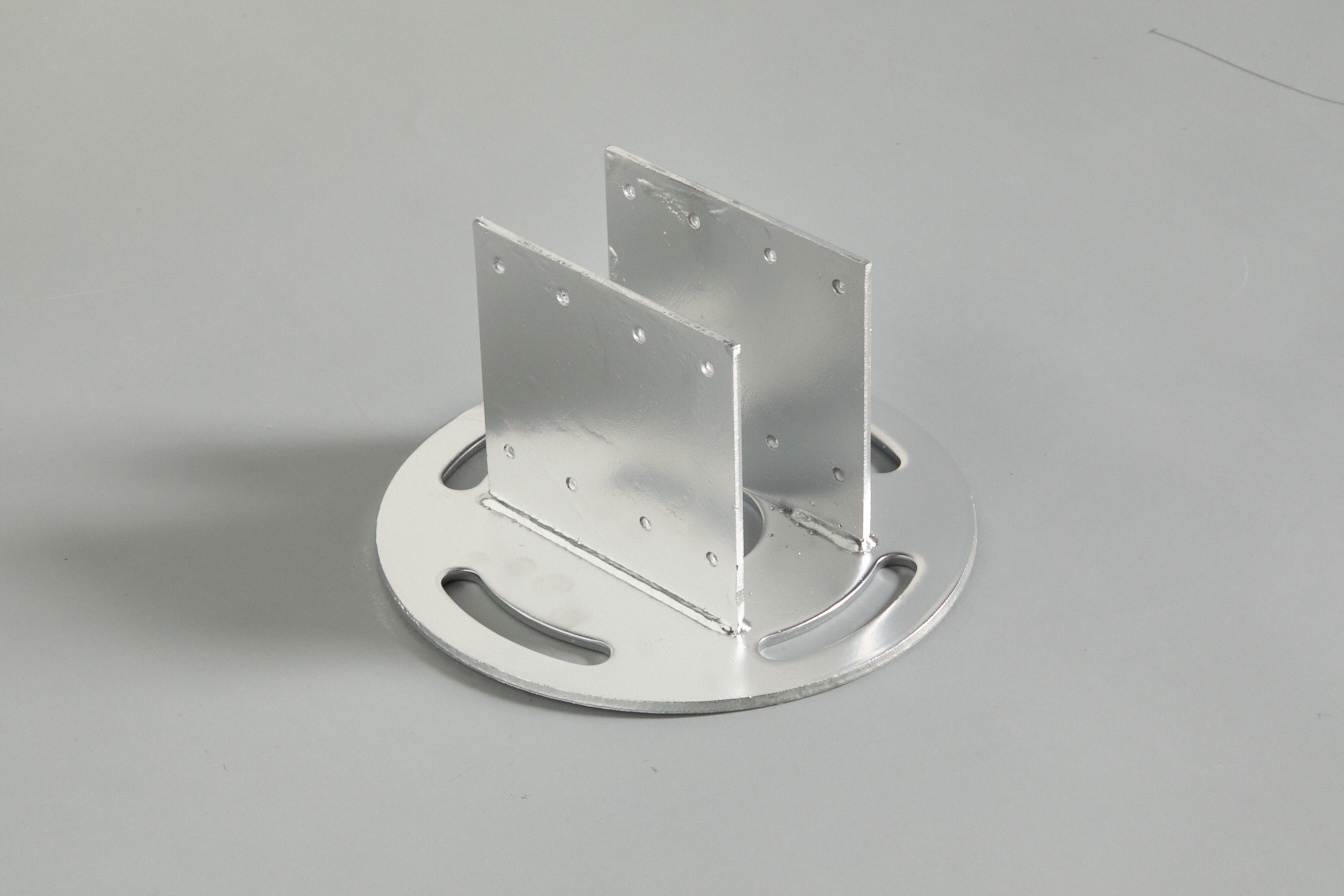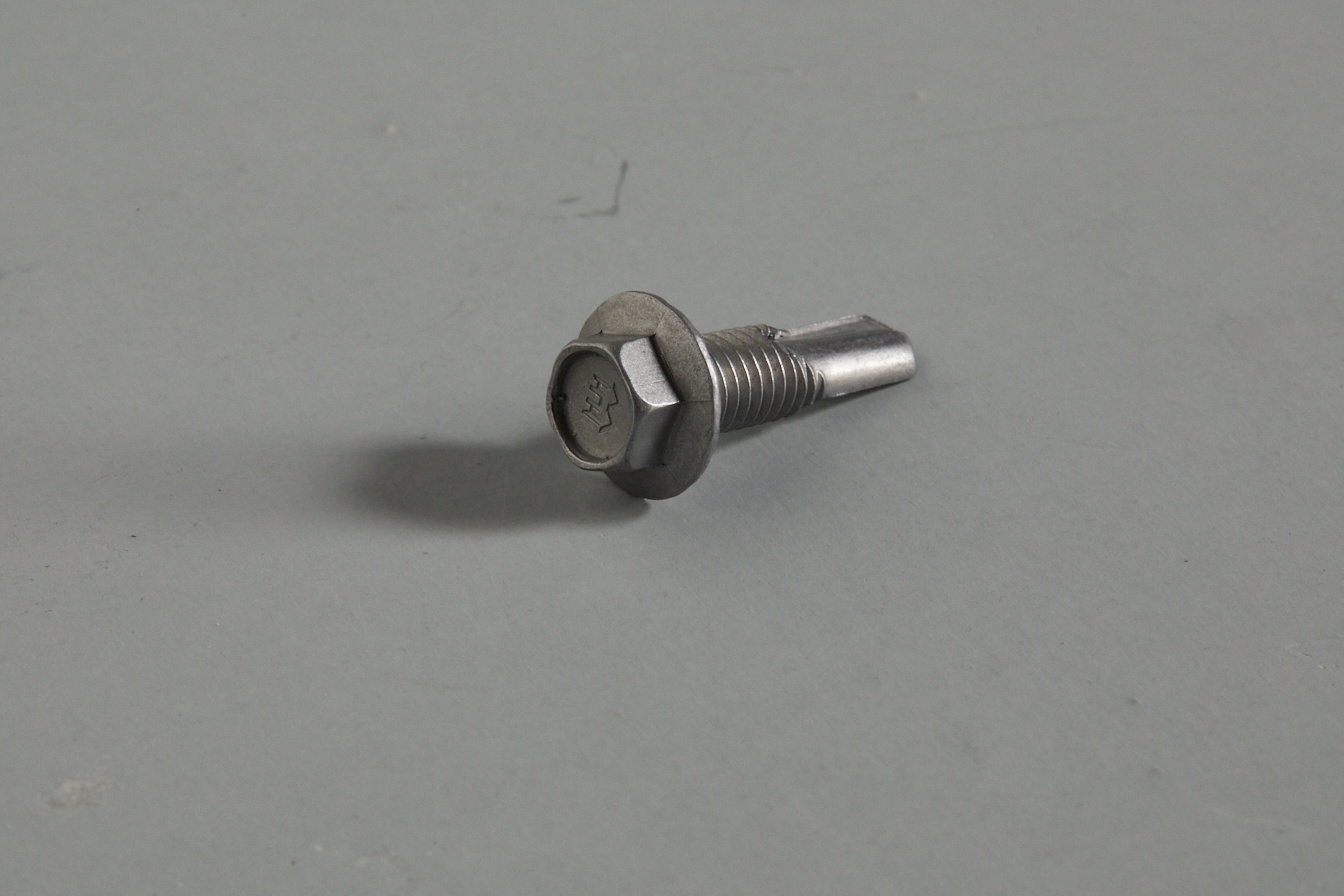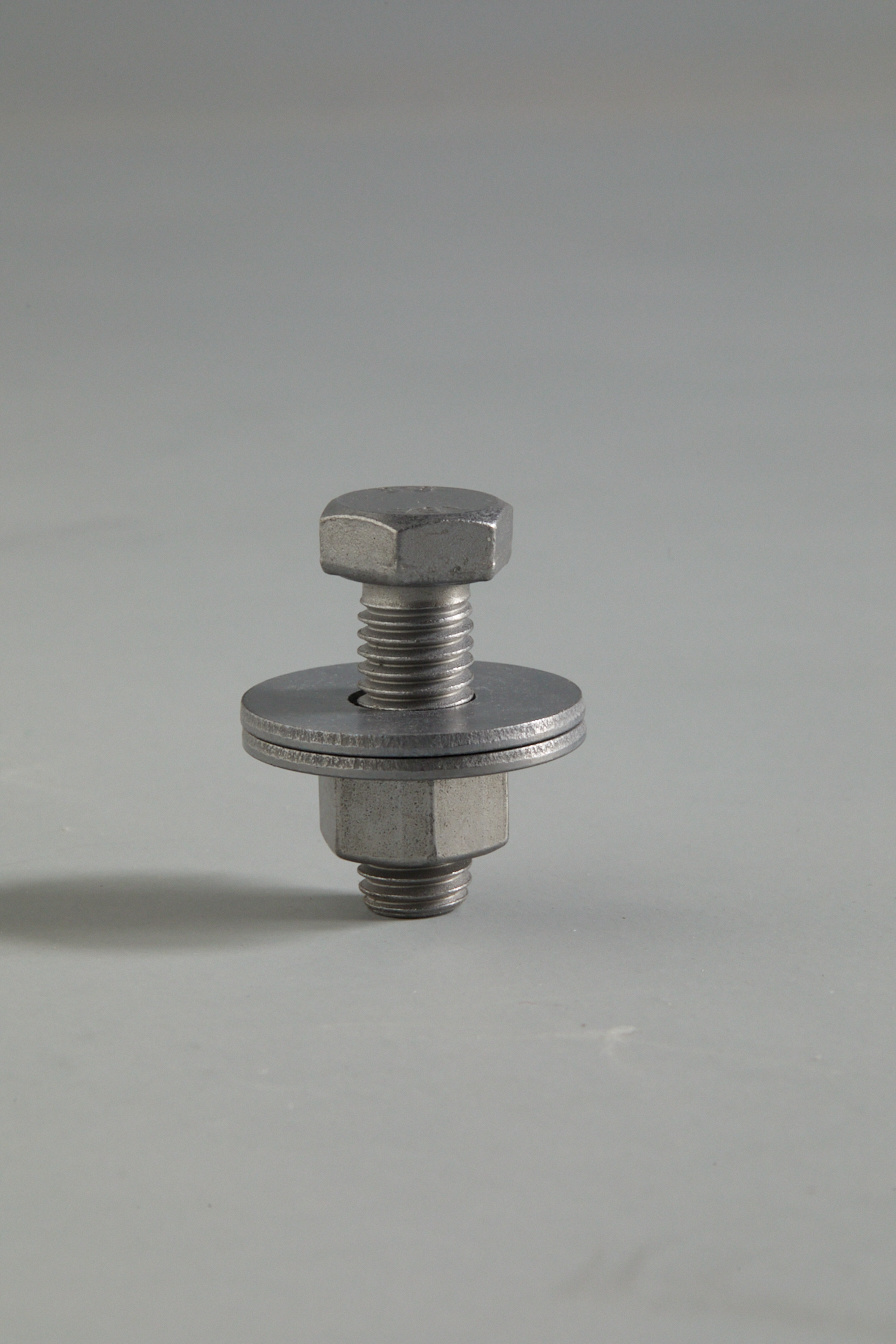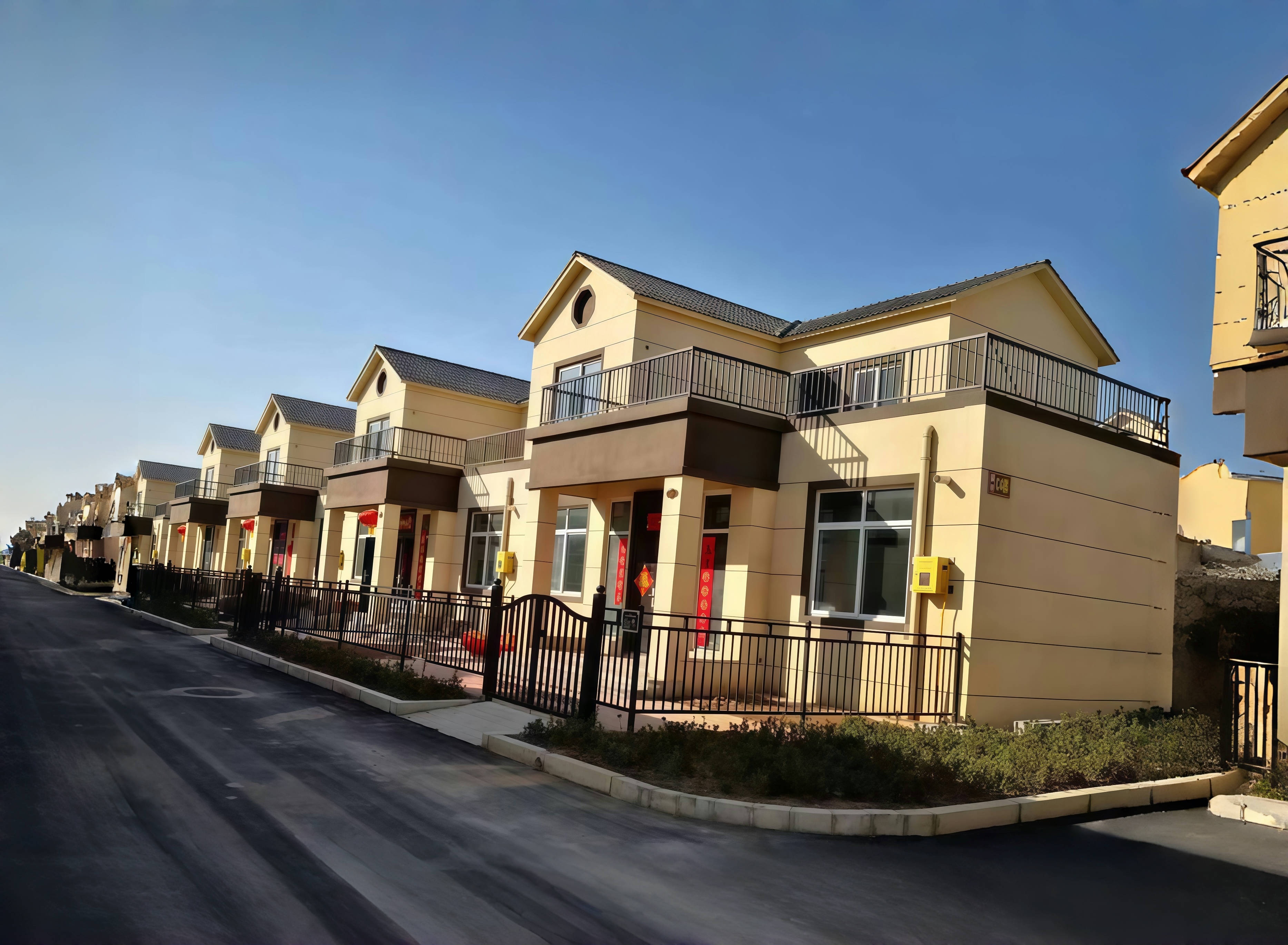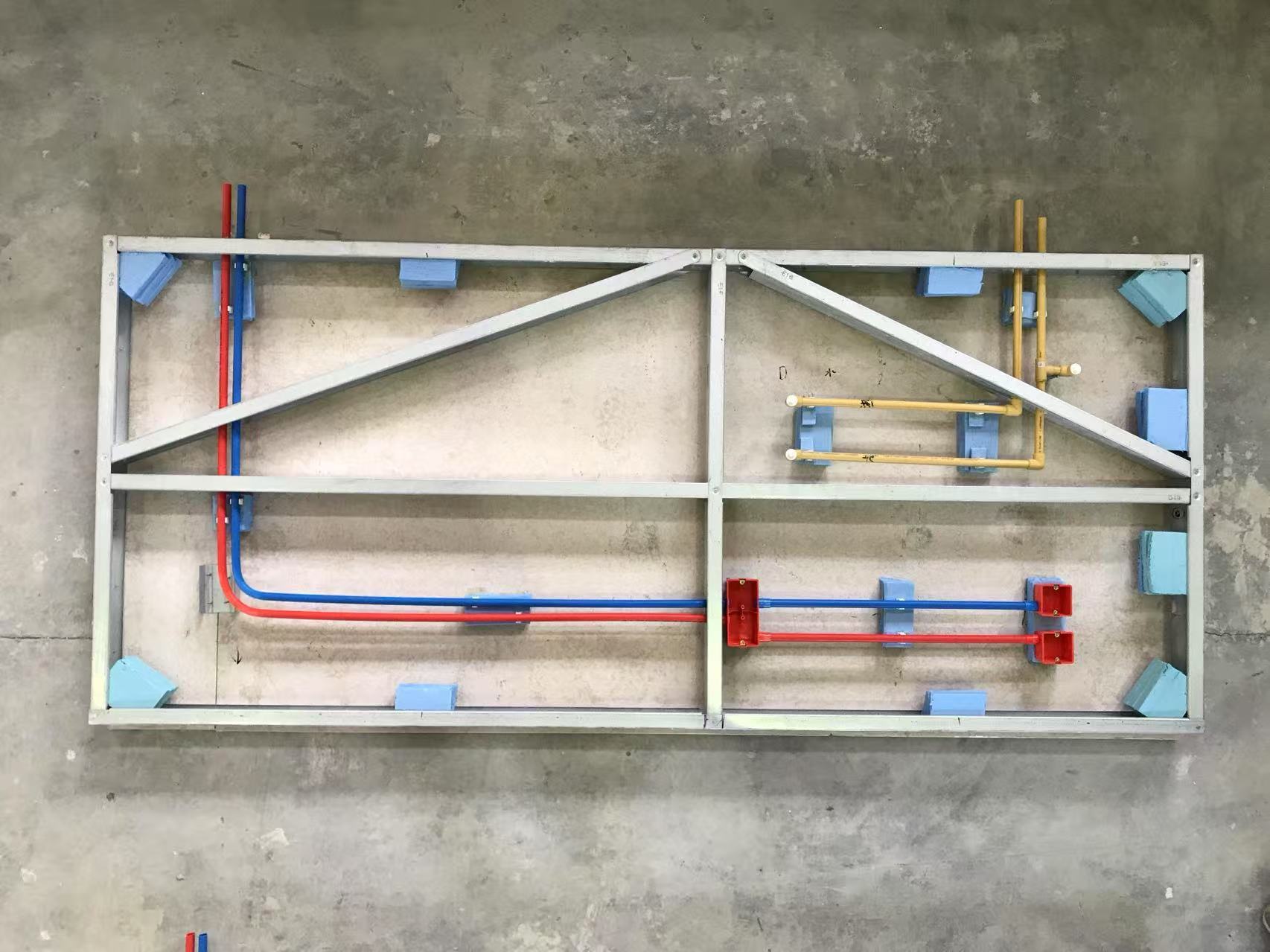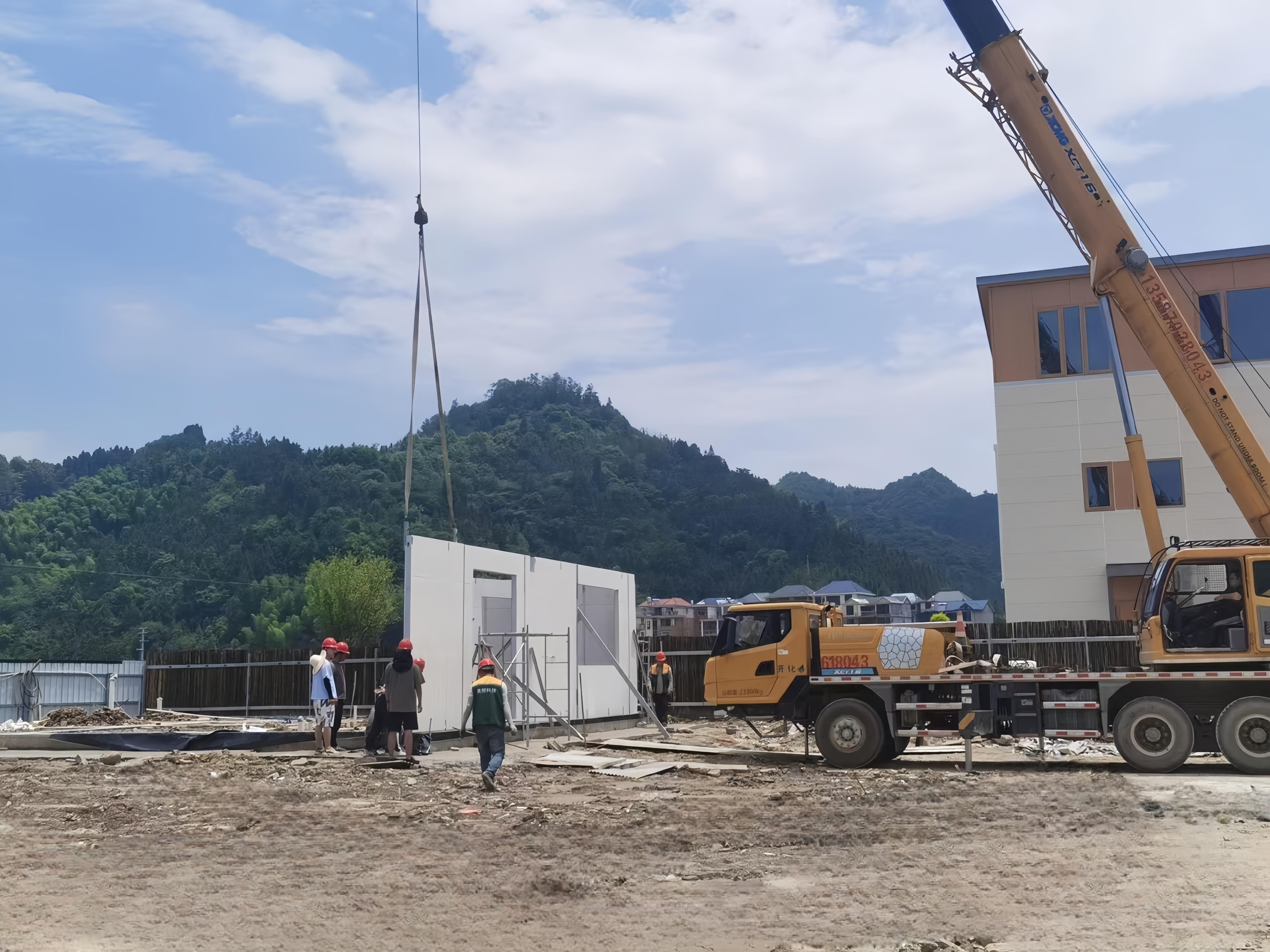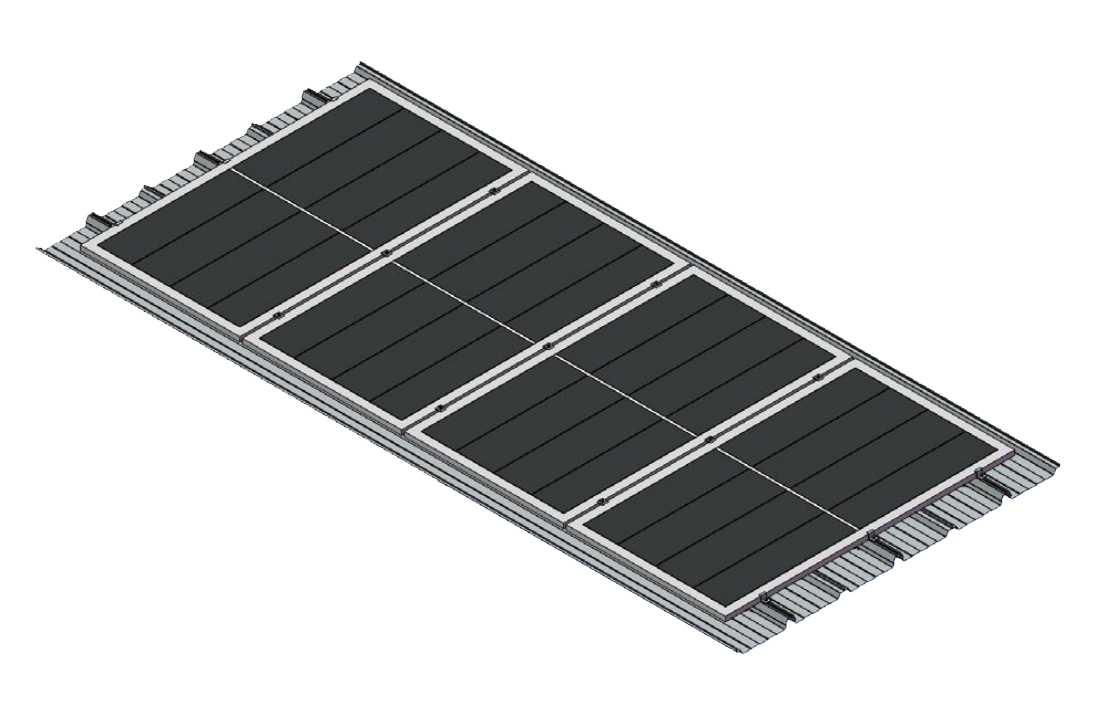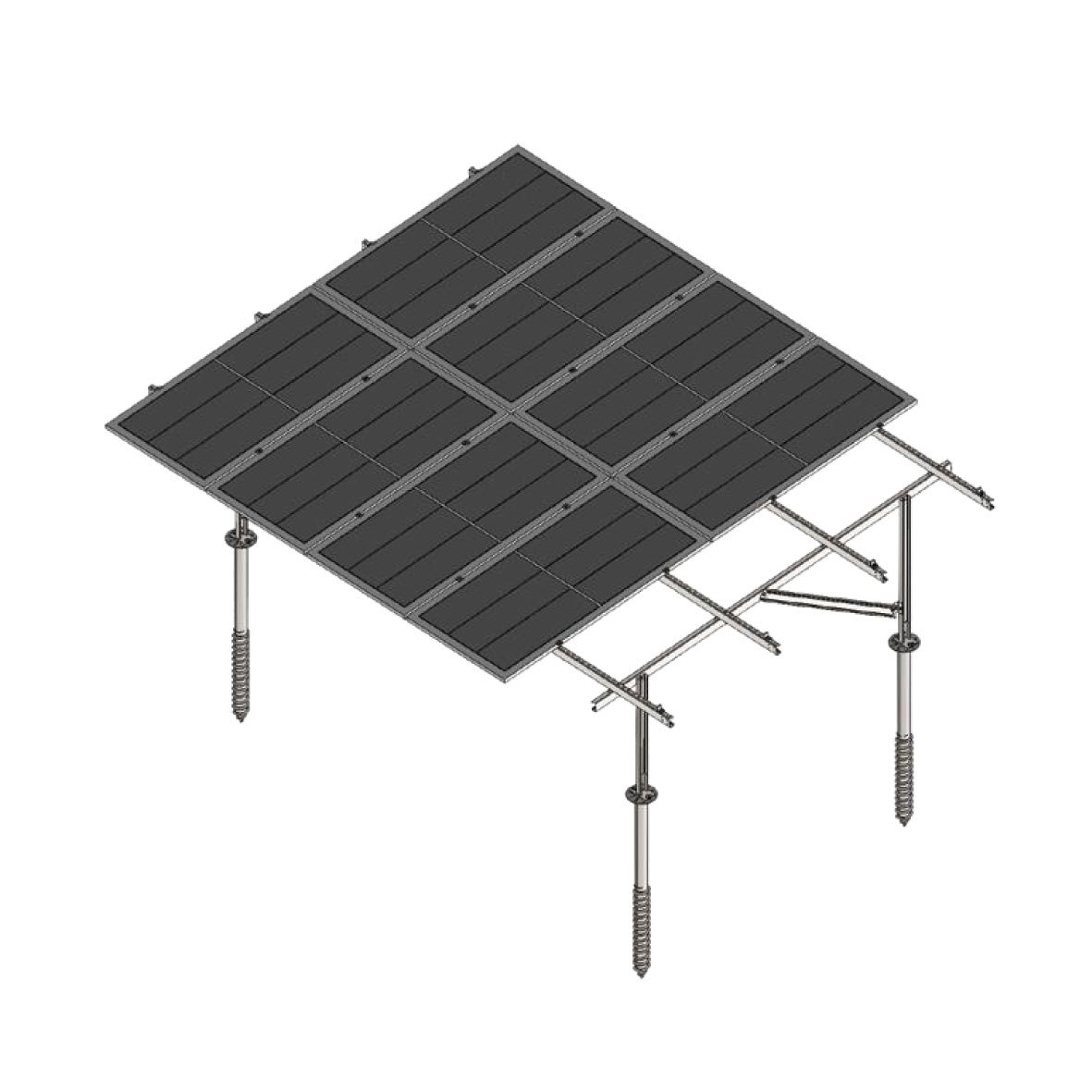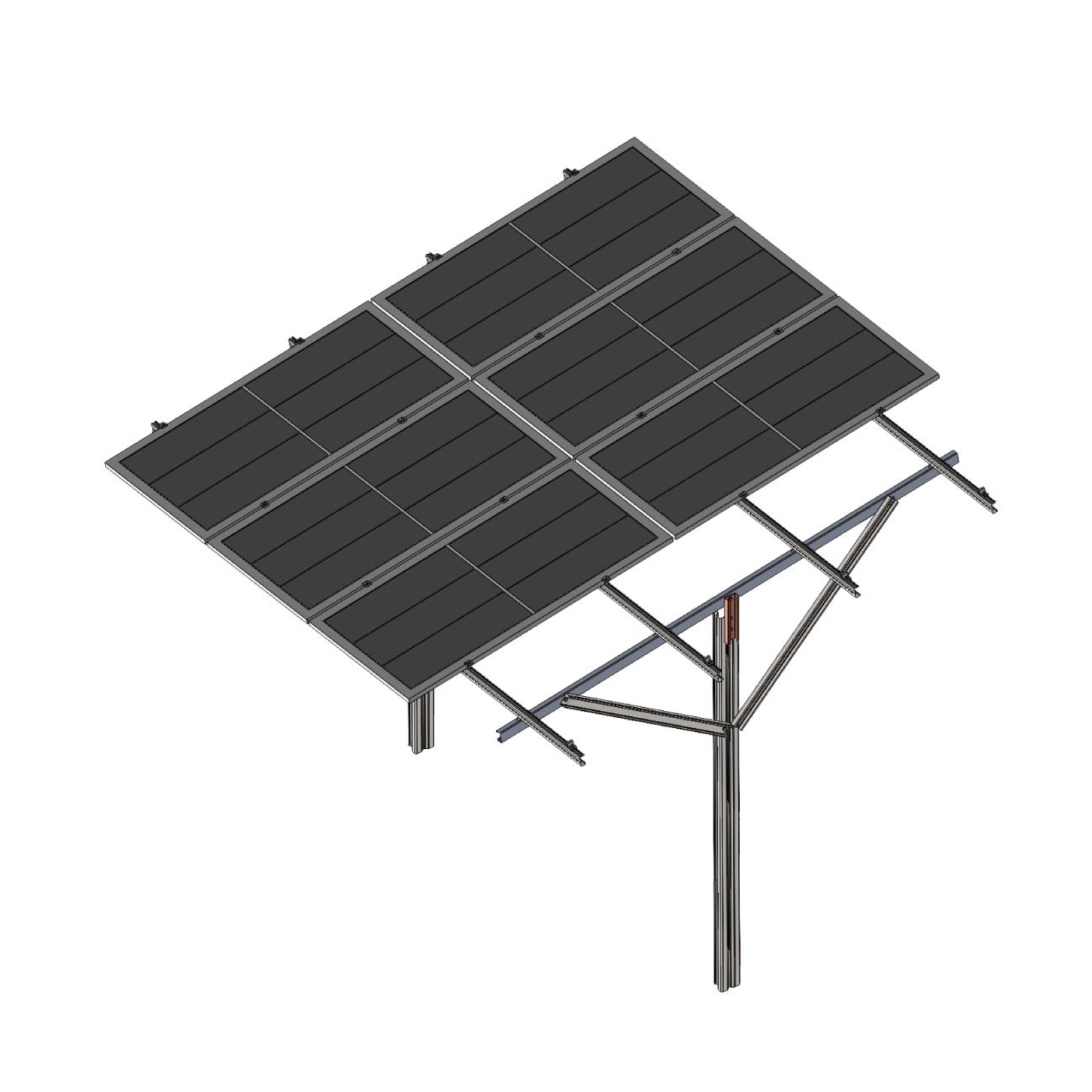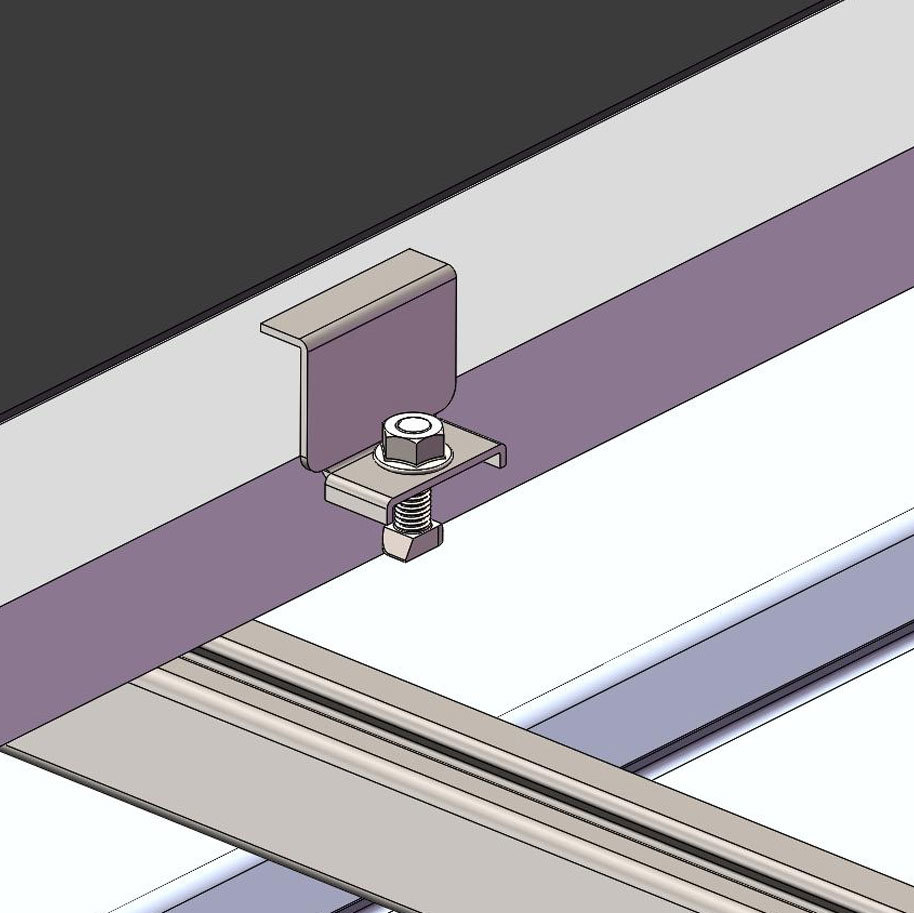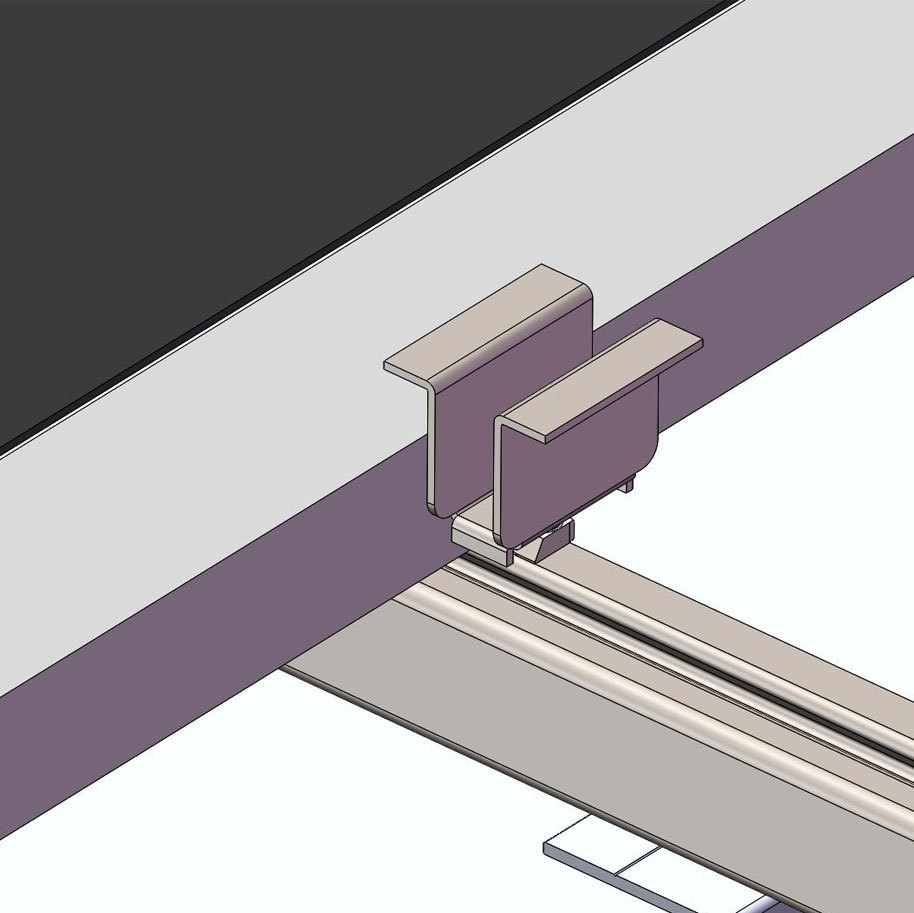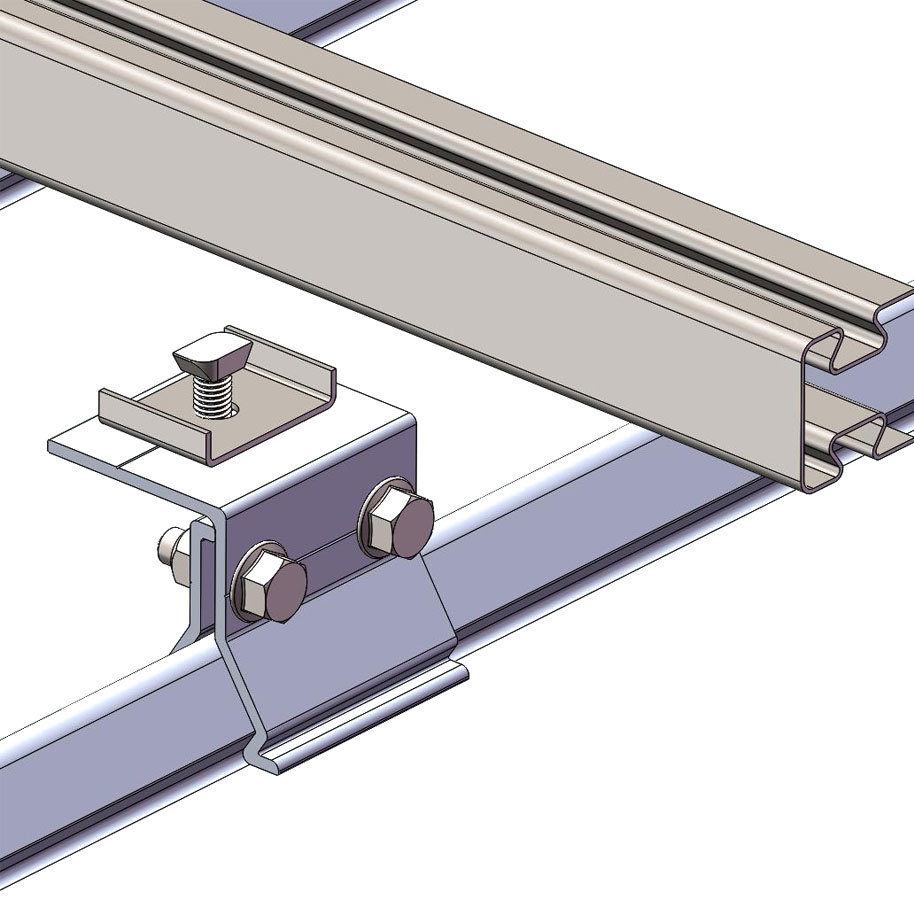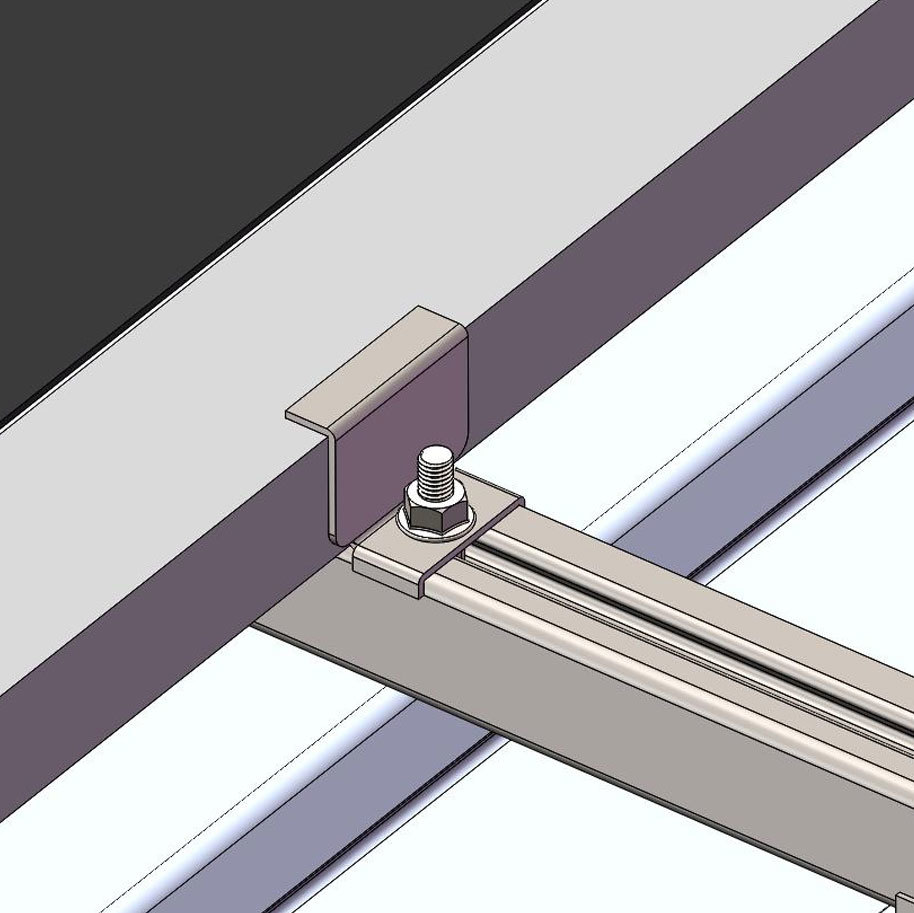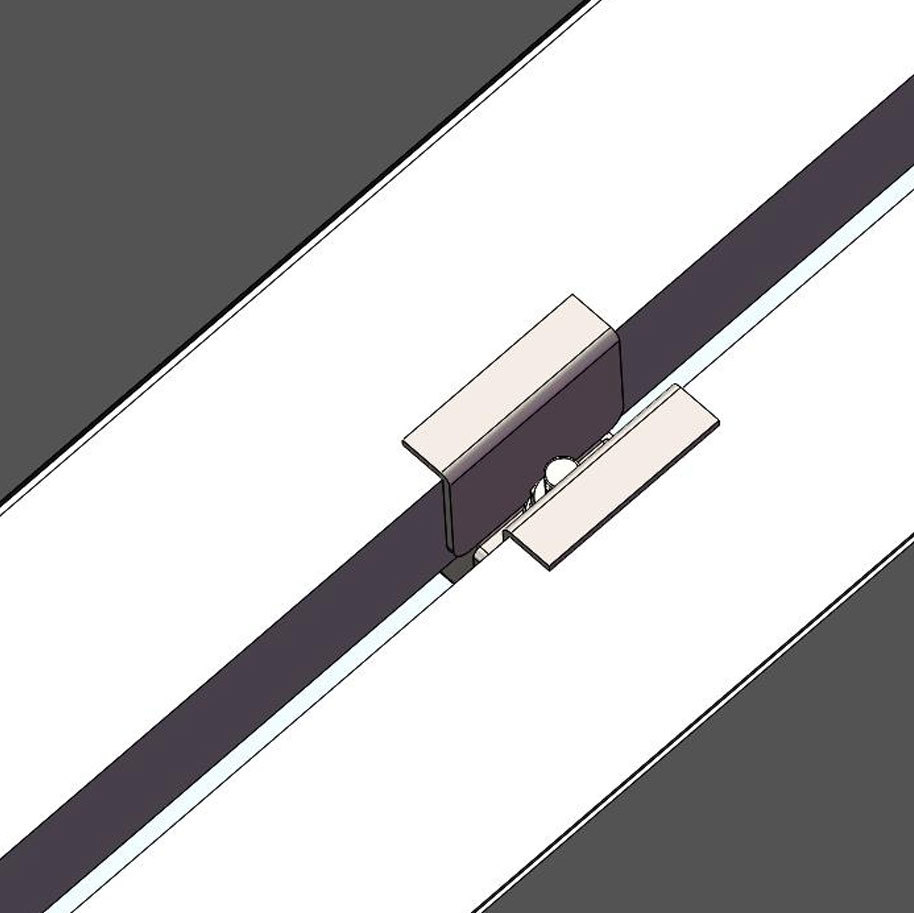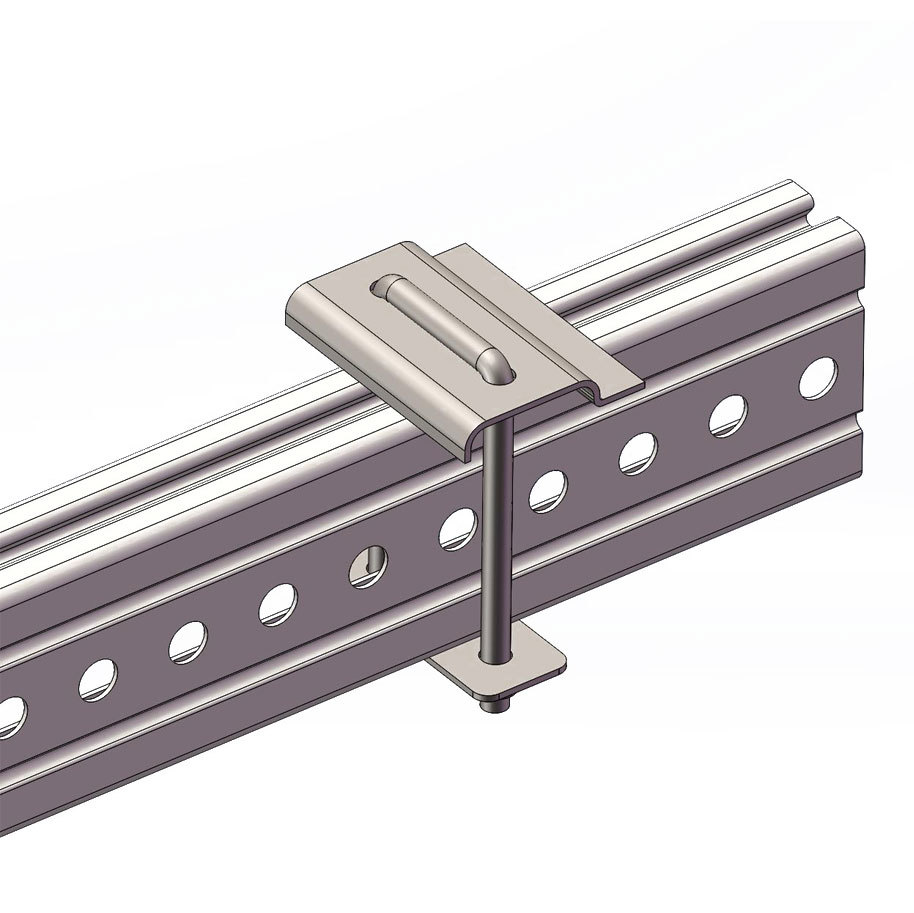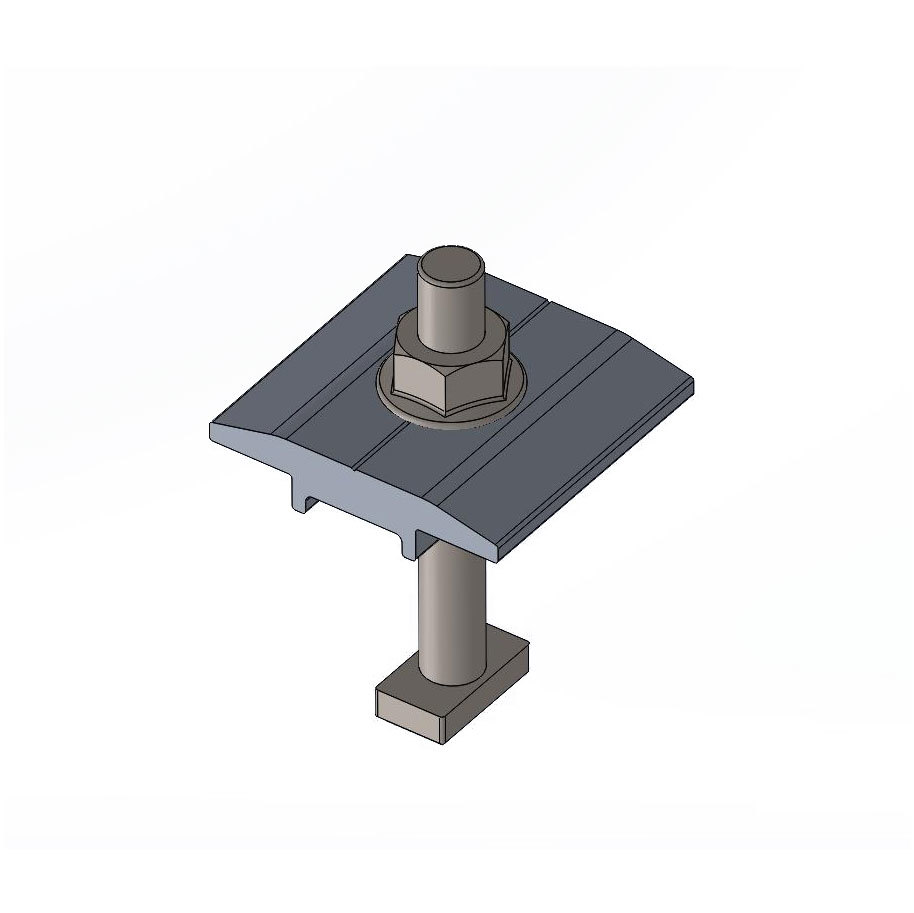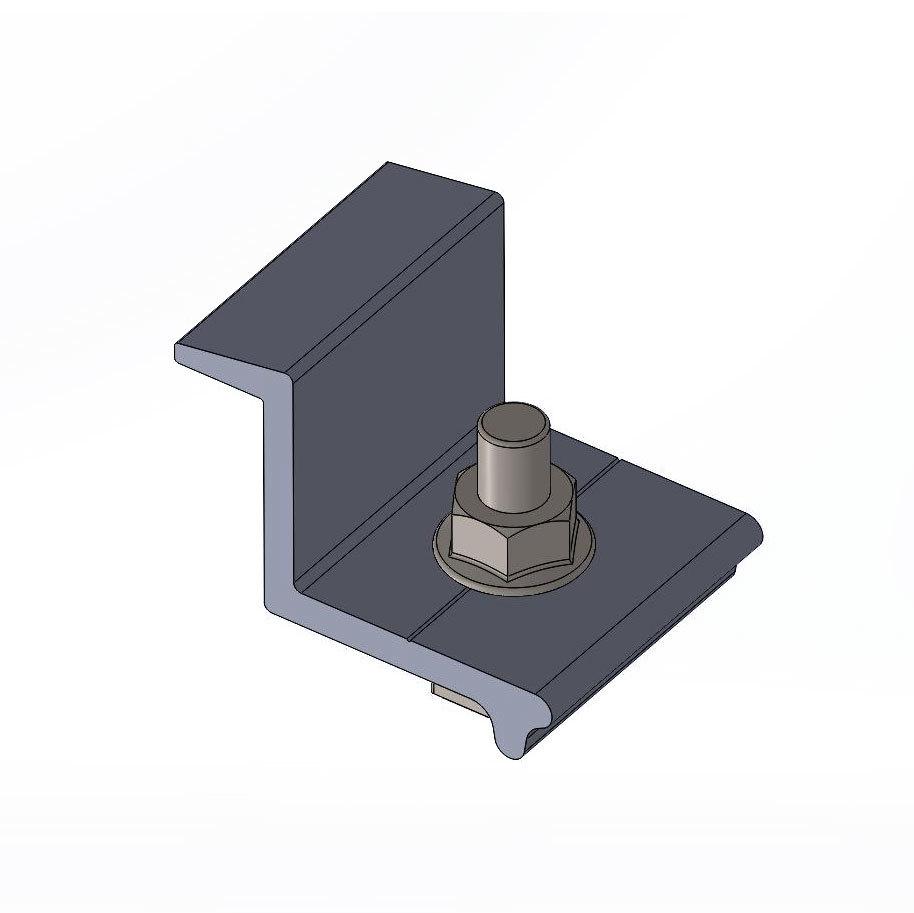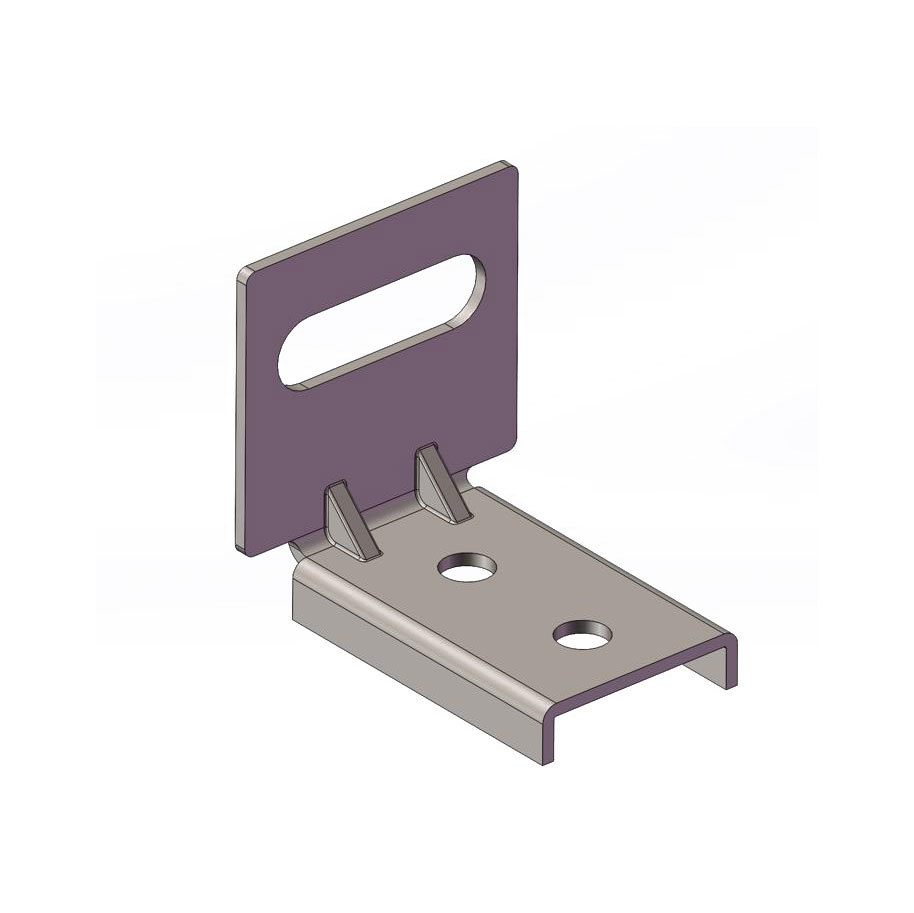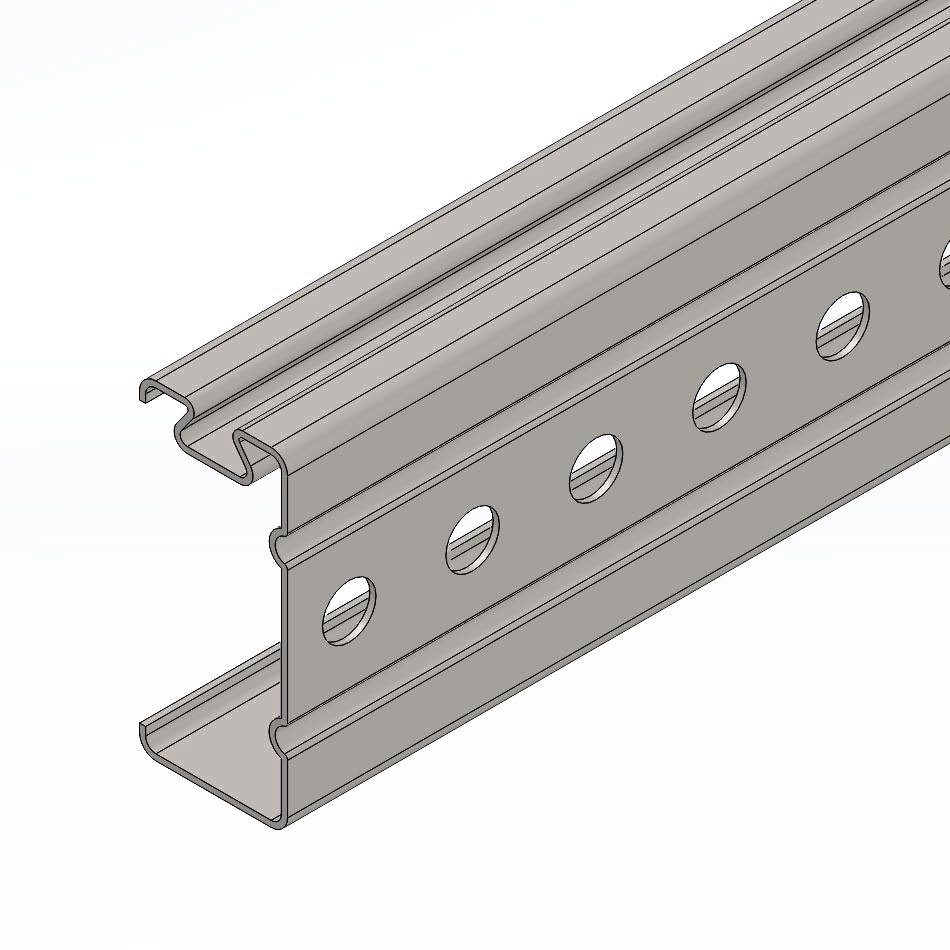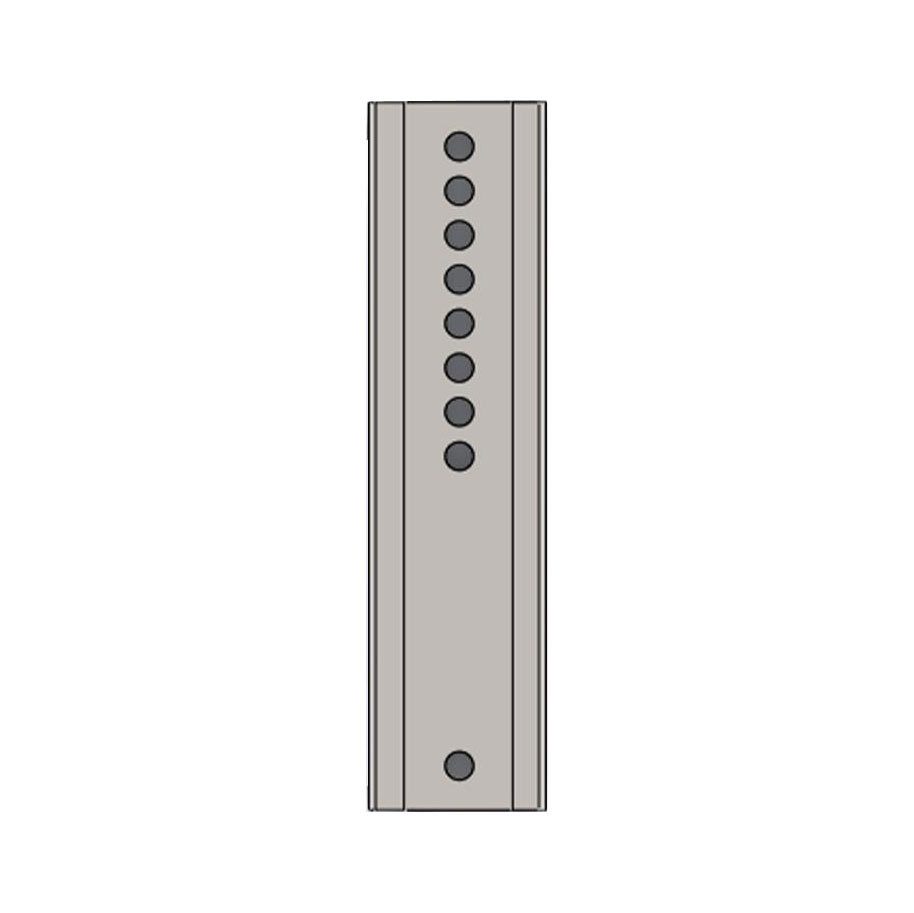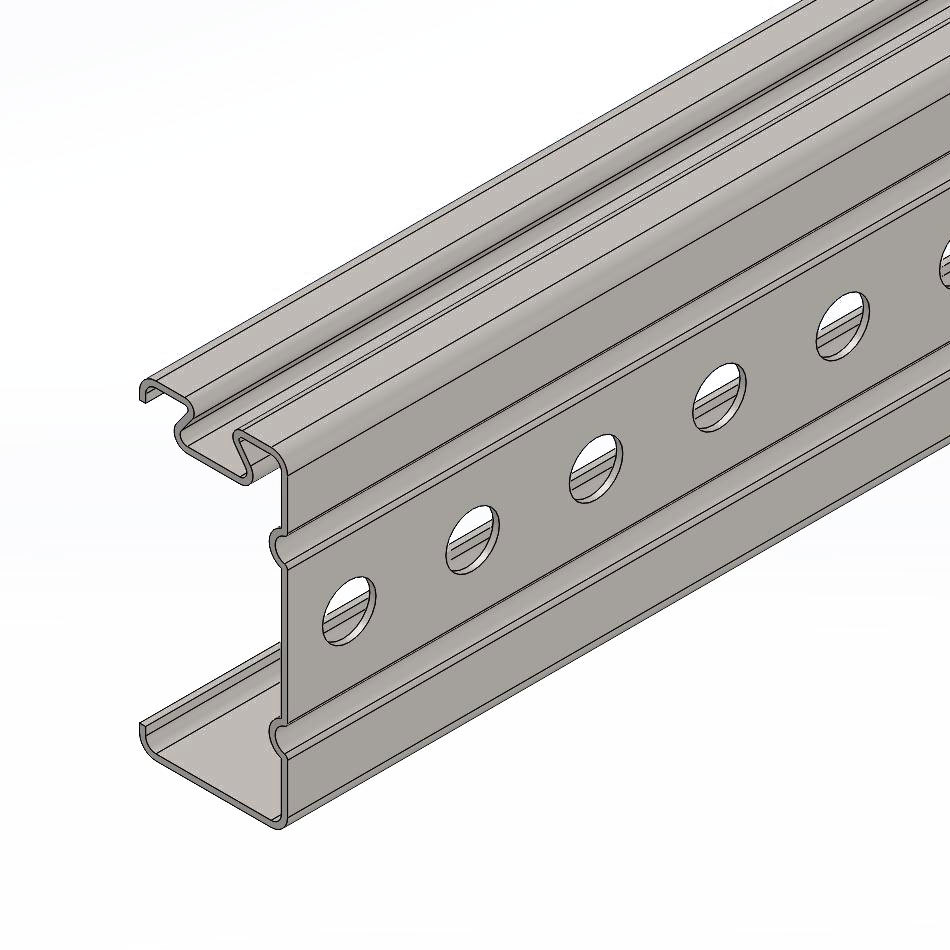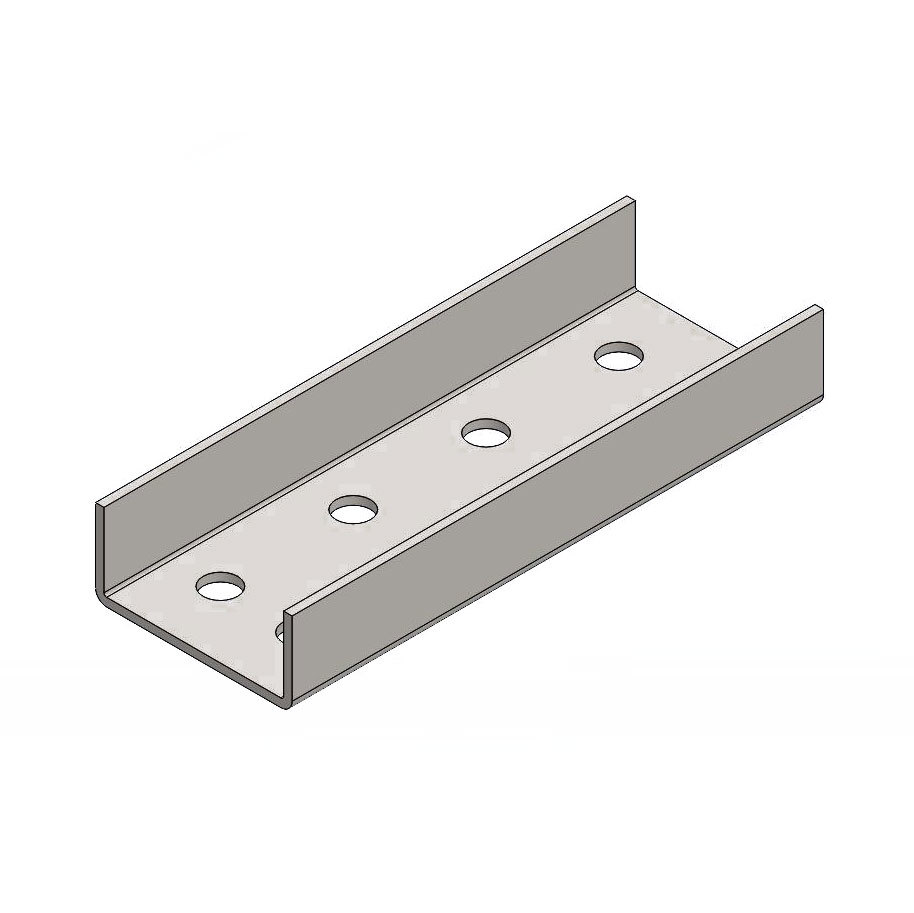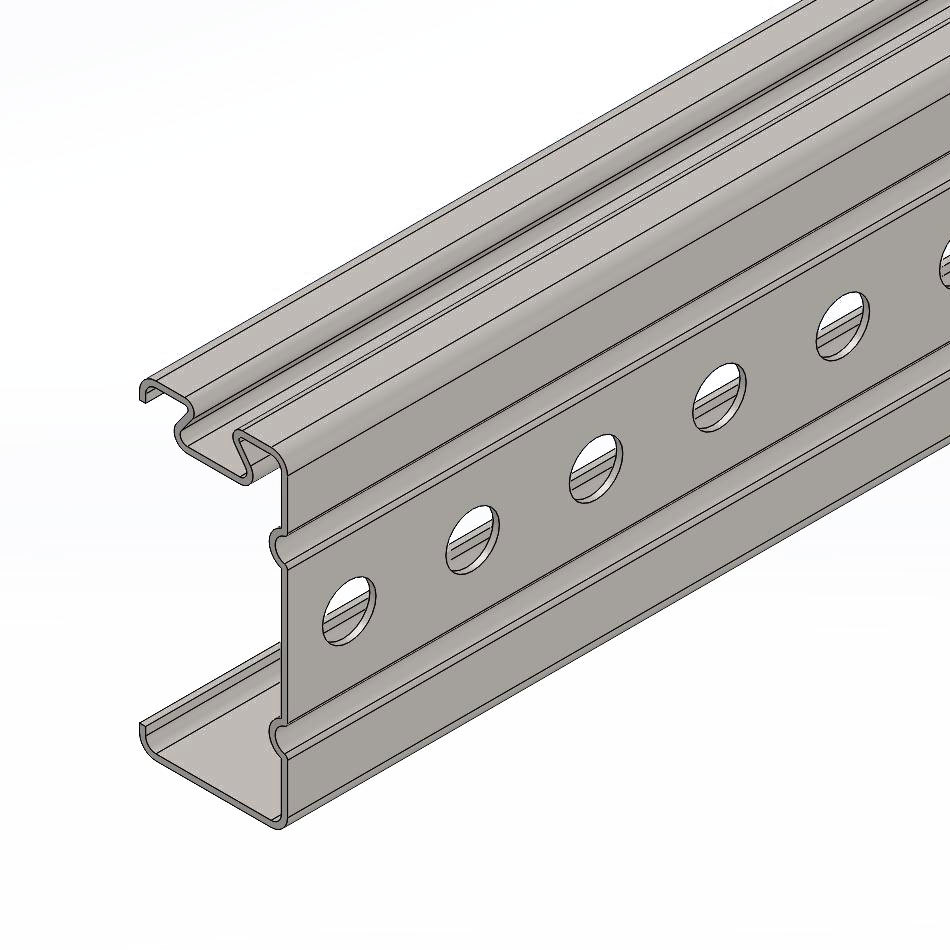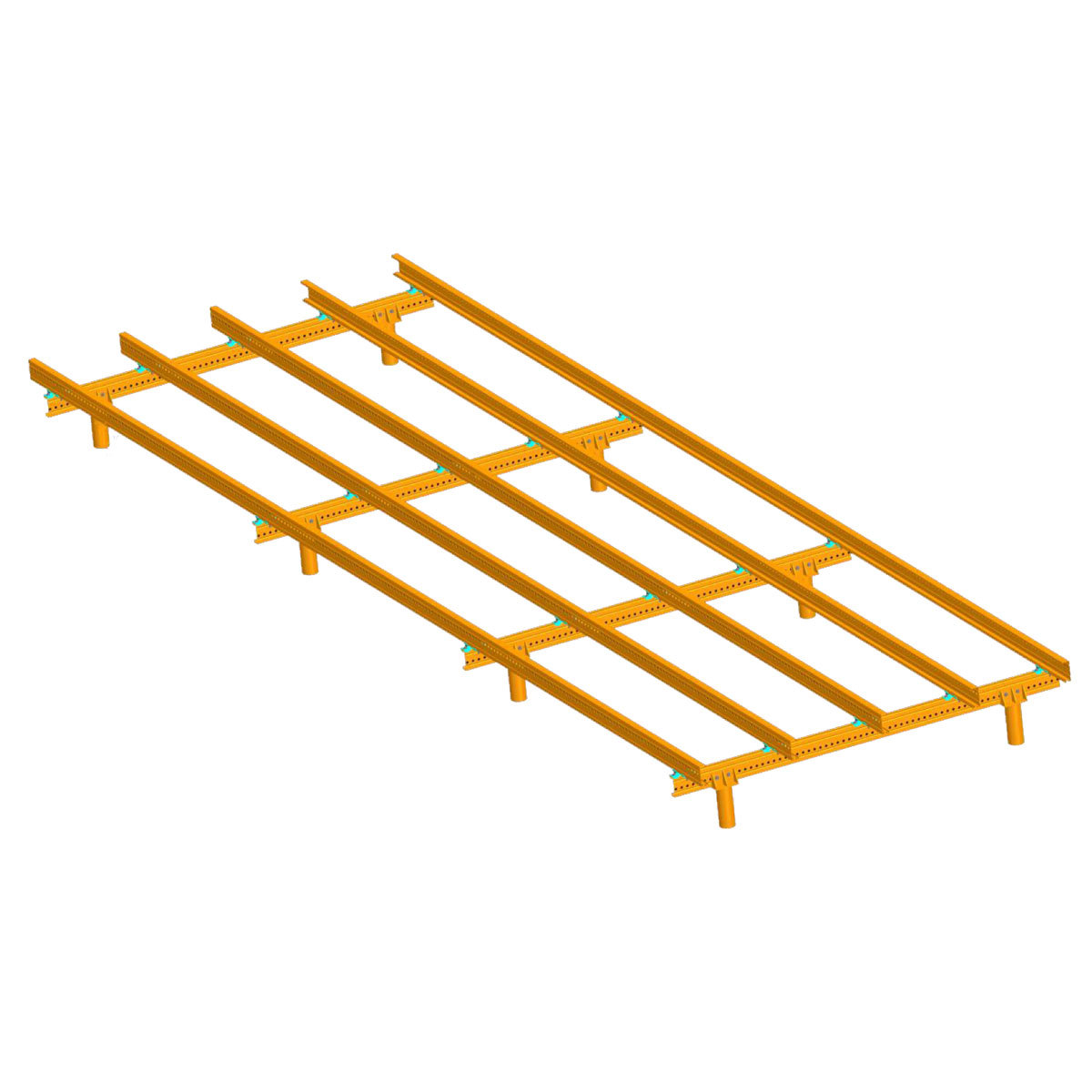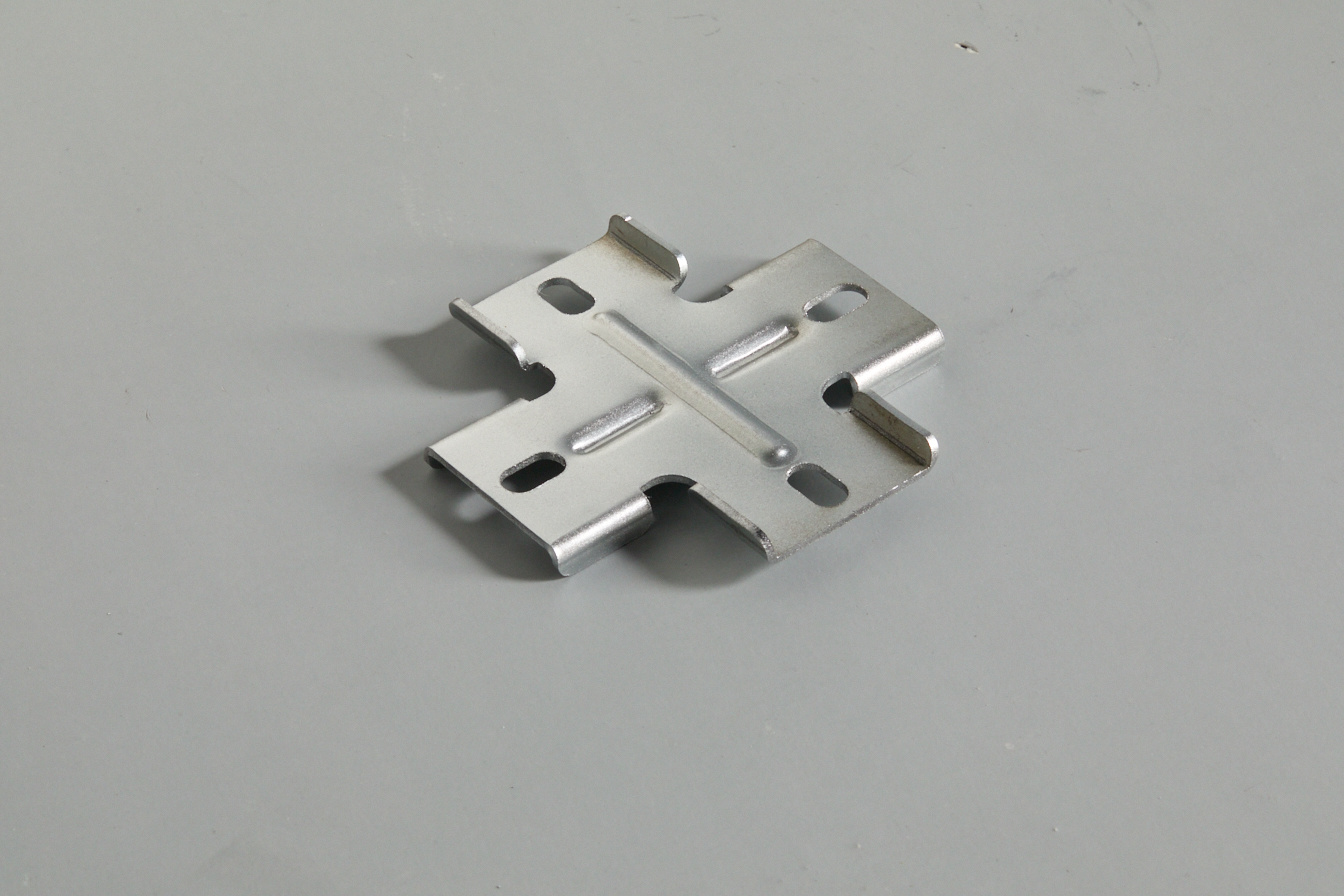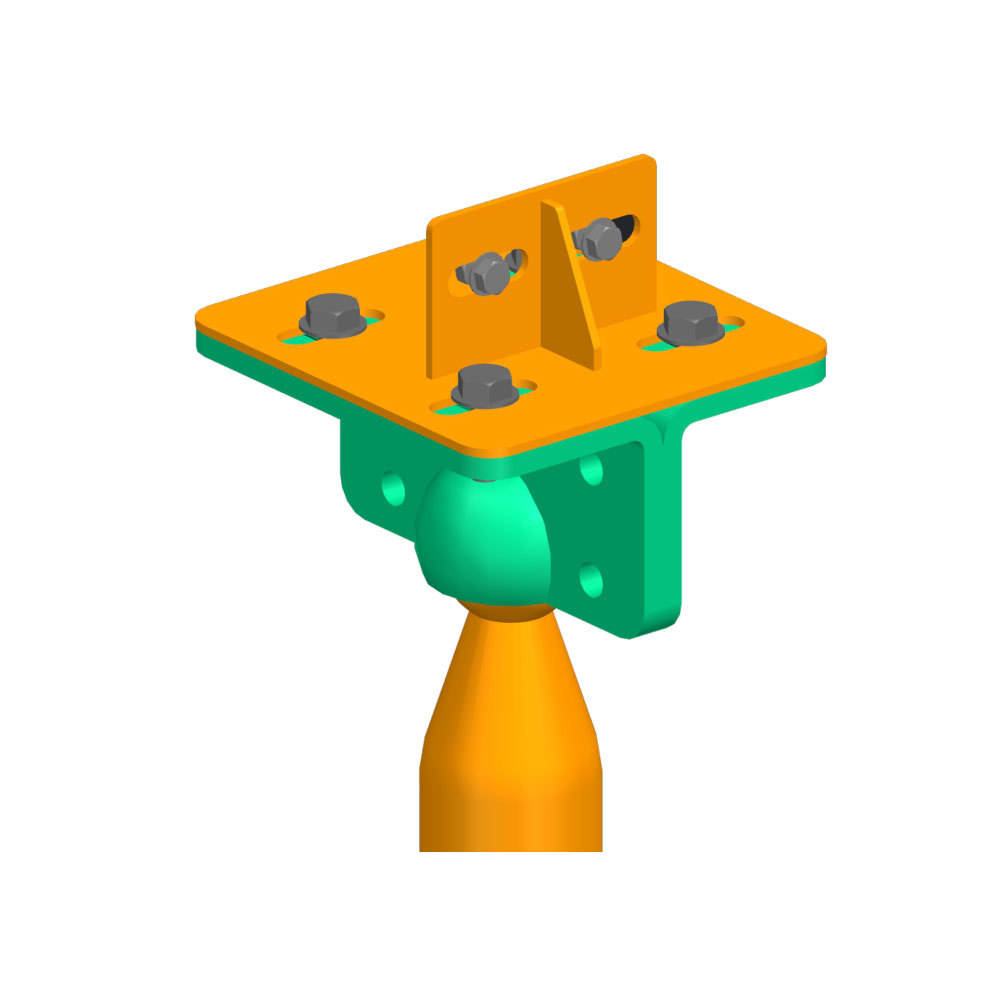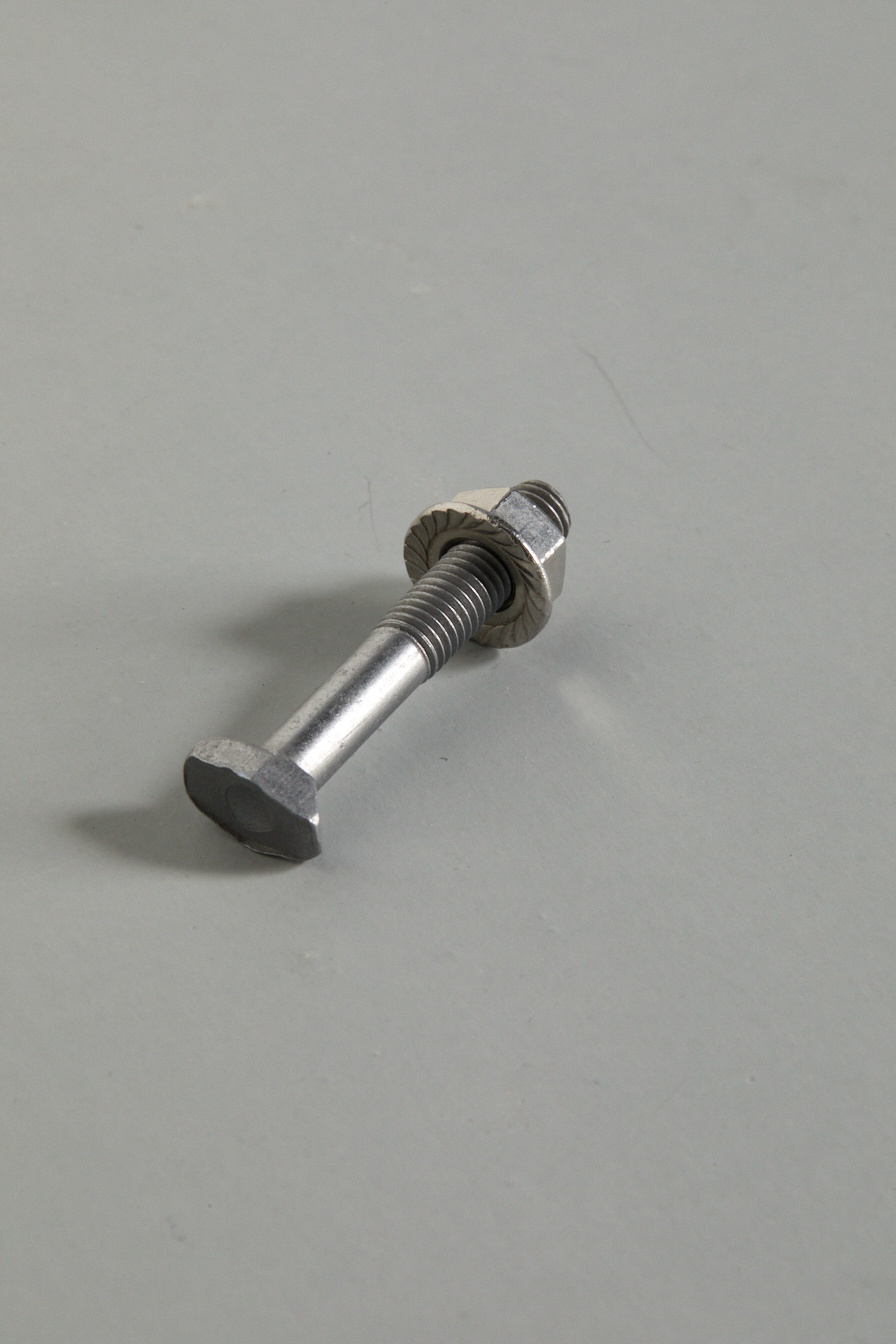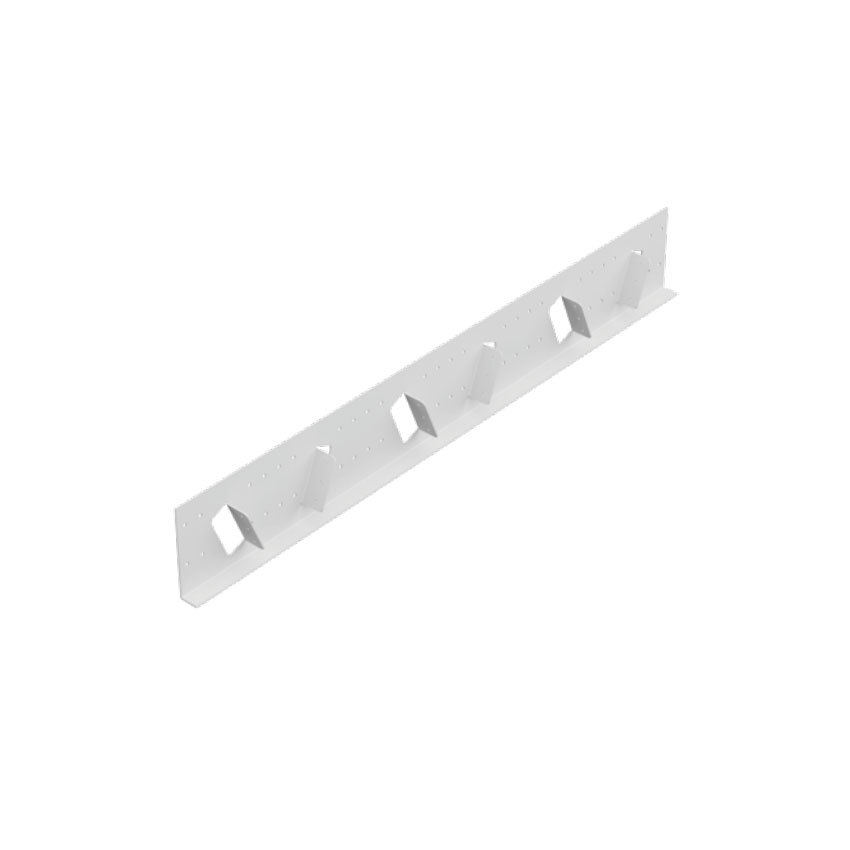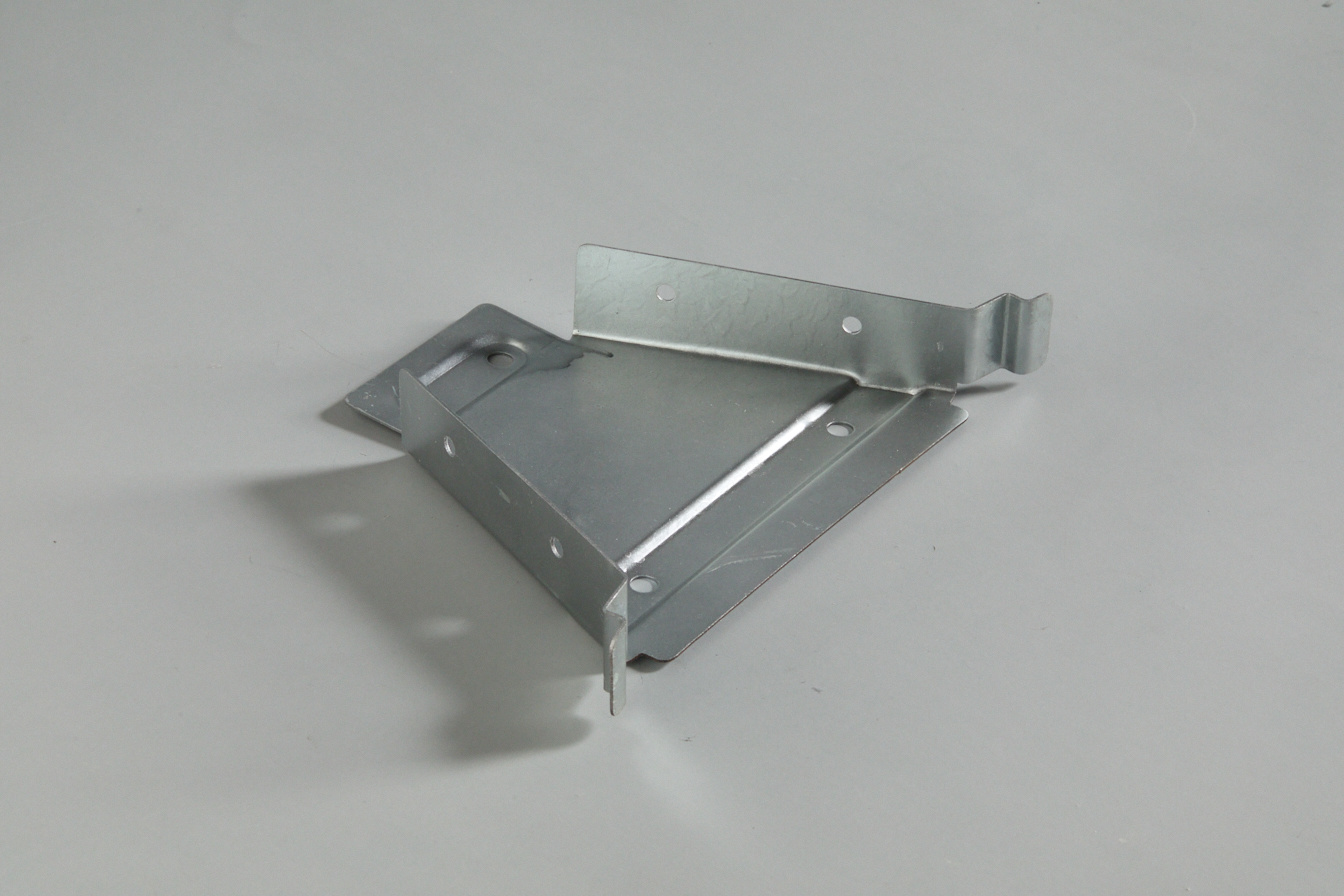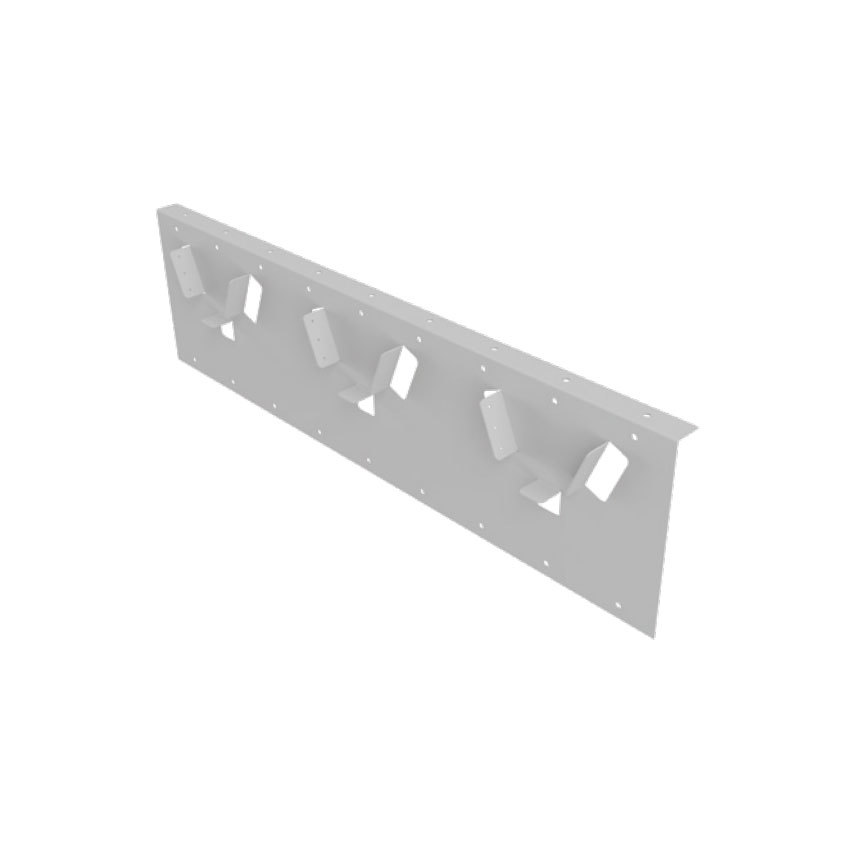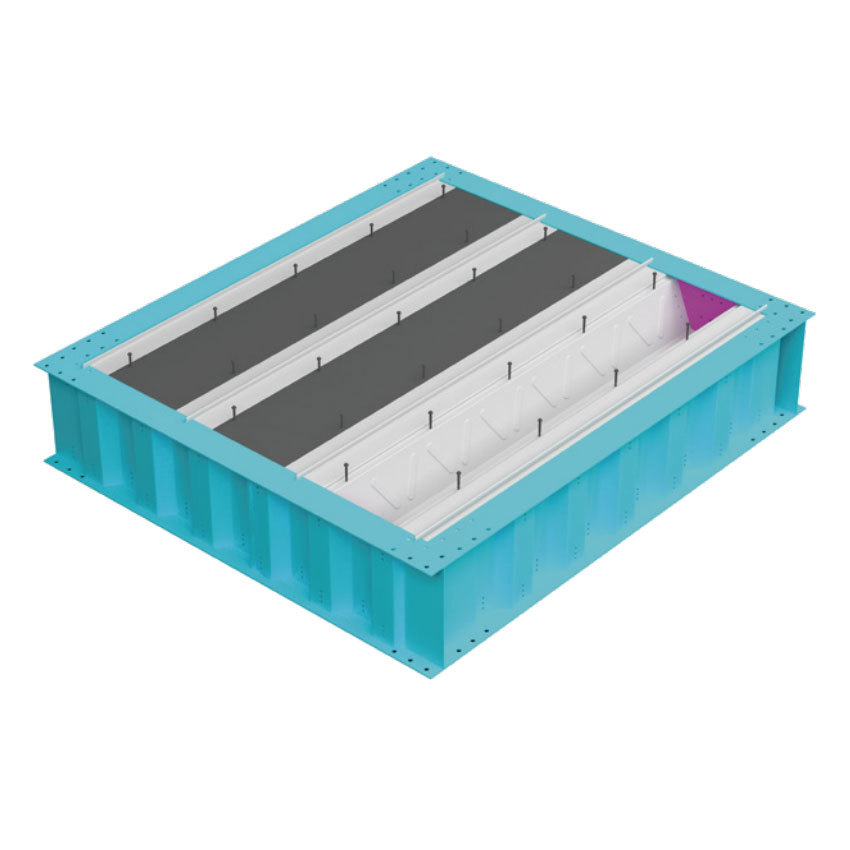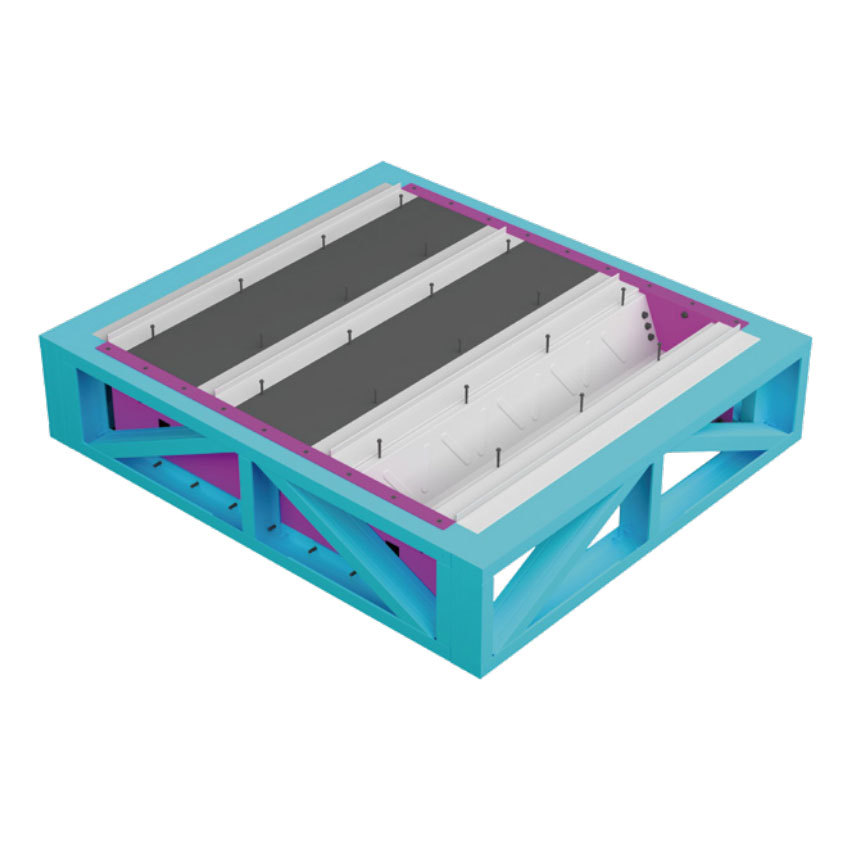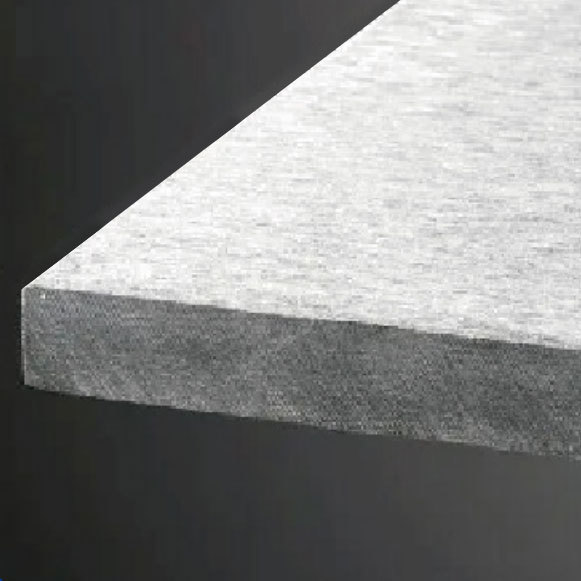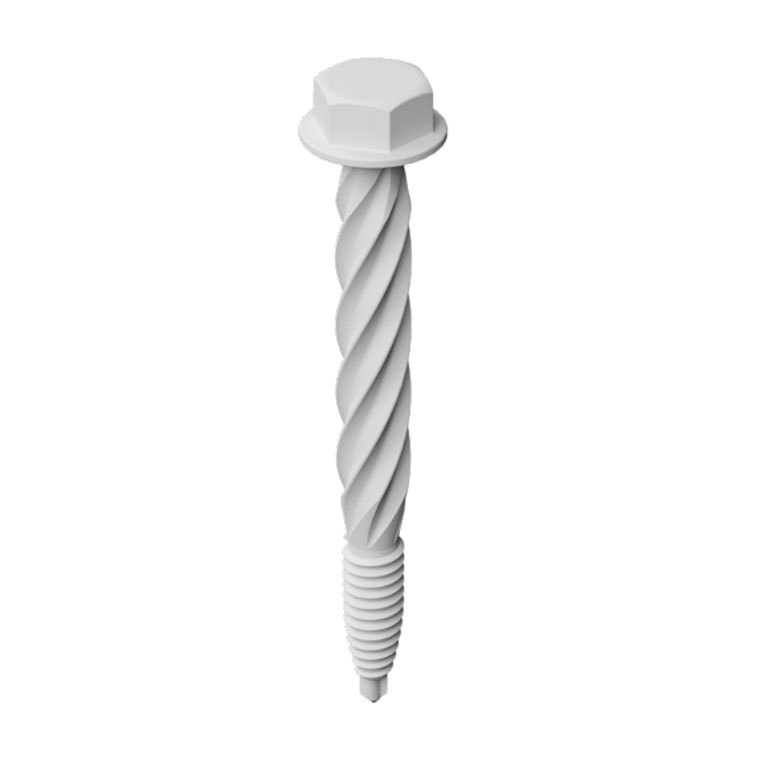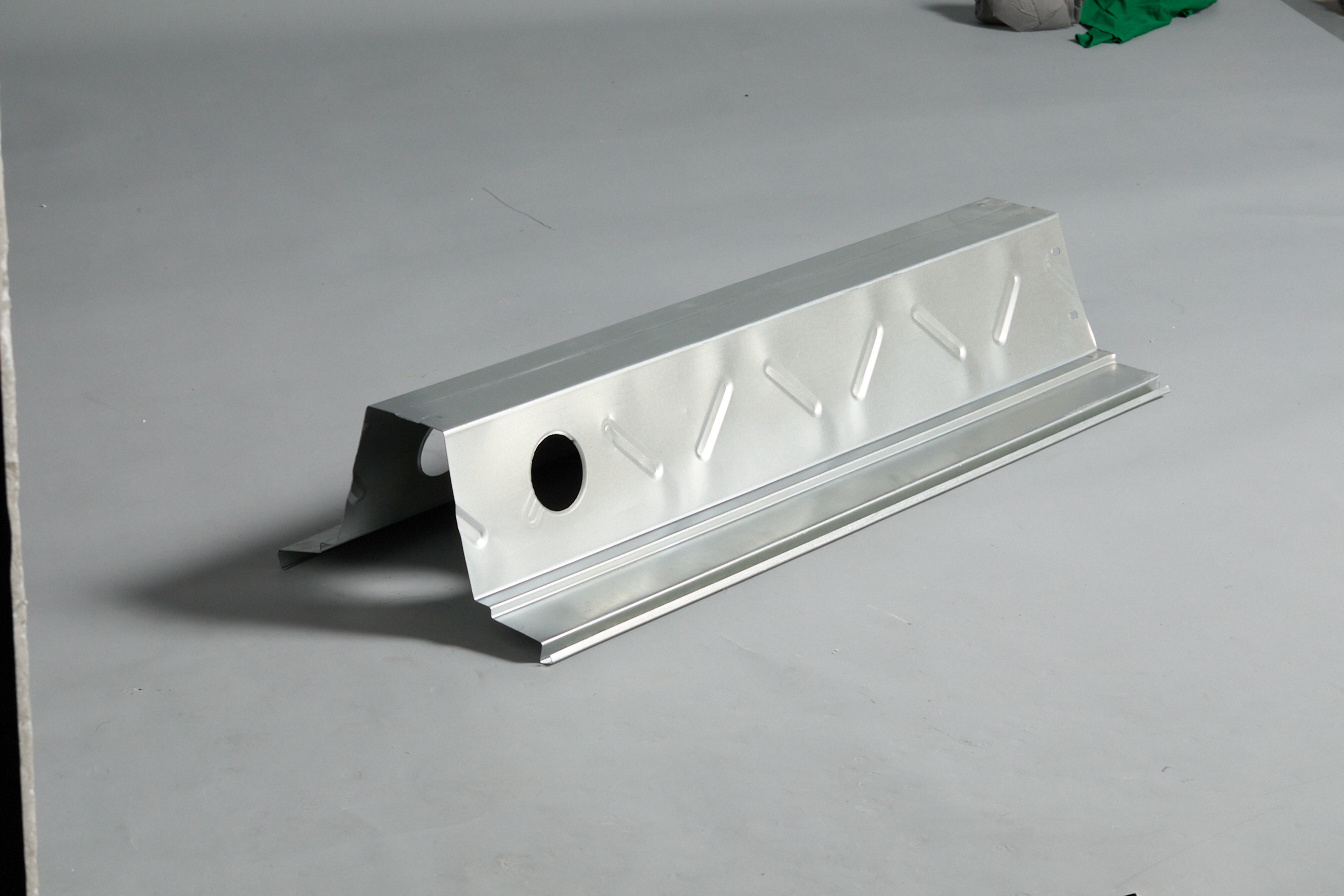Unlocking the Secrets of 300 Light Steel Truss: How It Works
Release Time:
2025-08-08
Source:
Introduction
Ever wondered how those towering structures stay upright? Well, let's dive into the world of the 300 light steel truss! This nifty little innovation has revolutionized construction, making buildings stronger yet lighter. Buckle up, because we're about to explore how it all works!
What is a 300 Light Steel Truss?
The 300 light steel truss is a type of structural framework made from steel, designed to support roofs, bridges, and even large spans in buildings. Think of it as the backbone of a structure. Lightweight yet incredibly strong, this truss type is engineered to bear loads efficiently, allowing for larger open spaces in construction projects.
How Does It Work?
Now, let's get into the nitty-gritty. The magic of the 300 light steel truss lies in its triangular design. Triangles are stable shapes; they distribute weight evenly across all three sides, which is why you see them in everything from bridges to roof supports. When a load is applied, the truss transfers that load through its members (the beams) to the supports at either end, maximizing strength while minimizing material usage.
The Components
There are several key components that make the 300 light steel truss tick:
- Top Chord: This is the upper part of the truss, designed to resist compression.
- Bottom Chord: This lower part is where tension comes into play, balancing the structure.
- Web Members: These diagonal and vertical components provide stability and support.
- Nodal Points: Where the members connect, ensuring everything holds together like a well-oiled machine.
Why Choose a 300 Light Steel Truss?
Now, you might be asking, "Why should I care about the 300 light steel truss?" Well, here are a few compelling reasons:
- Cost-Effective: Using light steel means less material and lower transport costs.
- Durability: Steel is resistant to pests and rot, making it a long-lasting option.
- Speed of Construction: Prefabricated trusses can be quickly assembled on-site, speeding up project timelines.
- Design Flexibility: Architects love the versatility—they can create unique designs without compromising strength.
Applications of the 300 Light Steel Truss
The applications are practically endless! From residential homes to commercial buildings, the 300 light steel truss has found its way into numerous projects. Here are a few standout examples:
- Roofs: Provides support for large, open spaces without the need for internal columns.
- Bridges: Perfect for spanning long distances, offering strong yet lightweight support.
- Industrial Buildings: Provides the necessary strength for warehouses and manufacturing plants.
Challenges and Considerations
Of course, no innovation is without its challenges. While the 300 light steel truss is a game changer, it's essential to consider its limitations. For instance, proper design and load calculations are crucial. If not done right, it can lead to structural failures. Always consult with a professional engineer when designing with trusses!
Conclusion
In the grand scheme of construction, the 300 light steel truss is a shining example of engineering prowess. Its ability to balance strength with weight makes it an invaluable asset in modern architecture. So, the next time you see a towering edifice, remember the unsung hero behind it: the truss!
Previous Page
Previous Page
Related Information

HaoHeng Group
Address: Room 1808, Block A, Vanke Cloud City, Jiemei District, Xiamen City, Fujian Province
Business cooperation:
Copyright © HaoHeng (FuJian) Building Materials Technology Co, Ltd. All rights reserved































